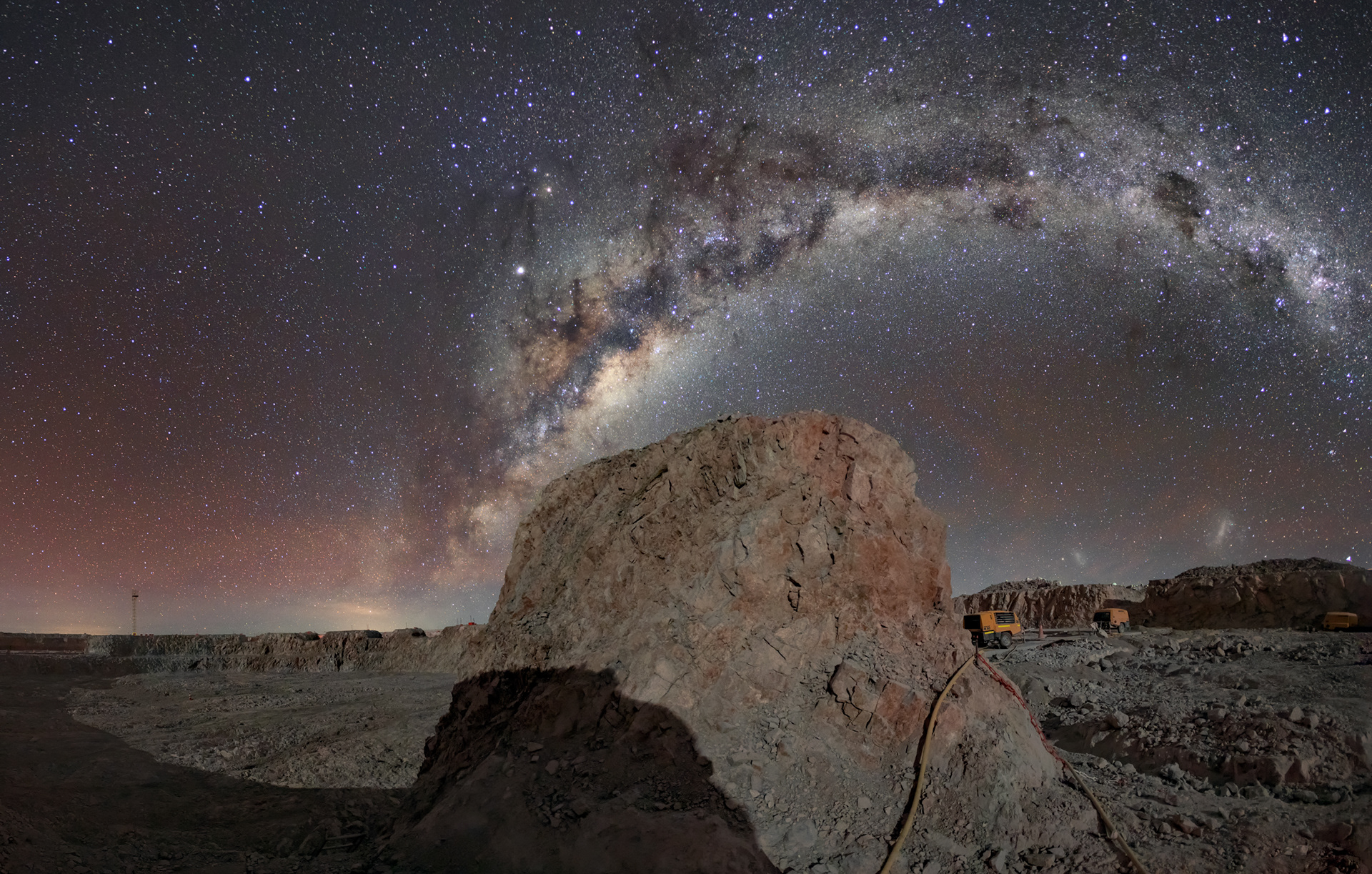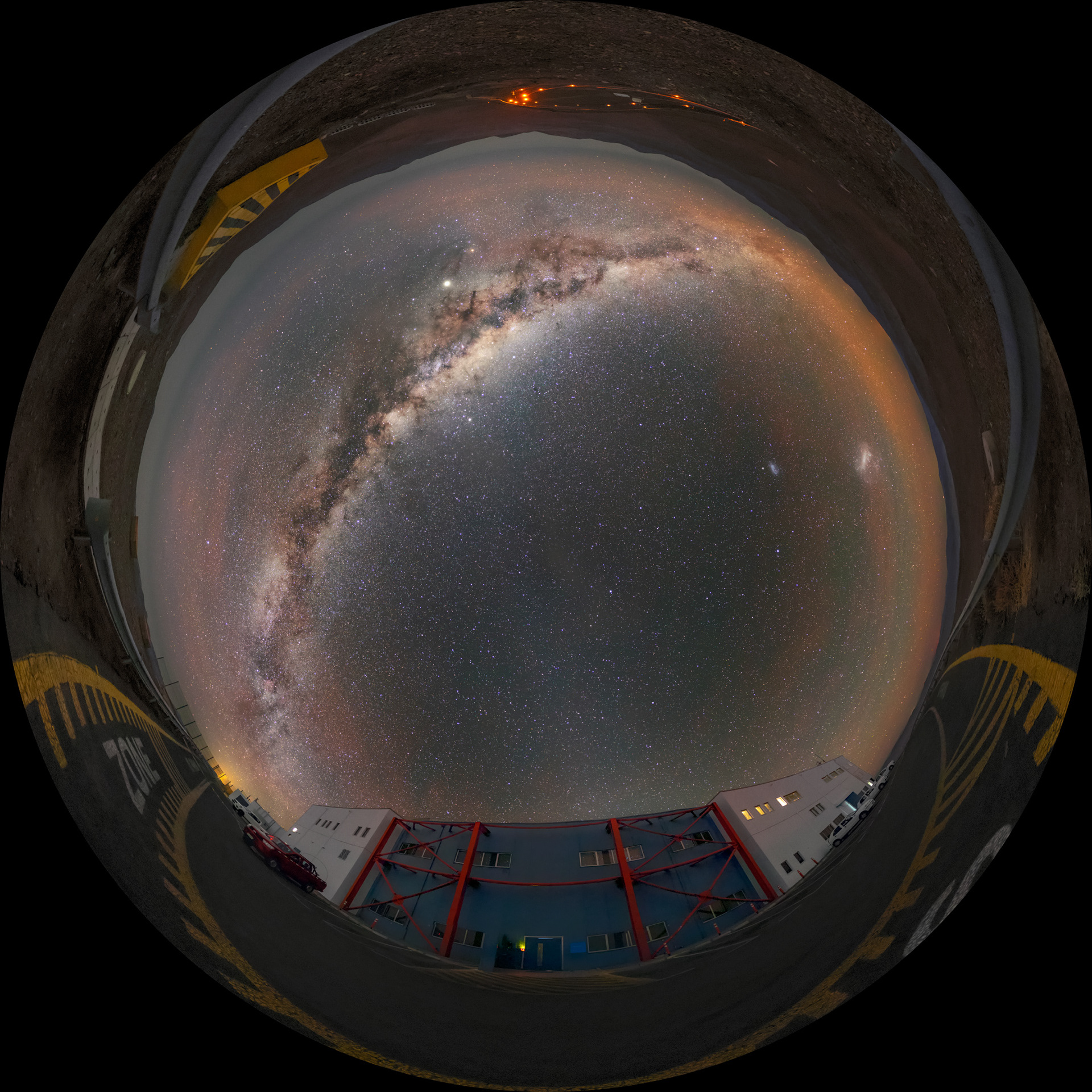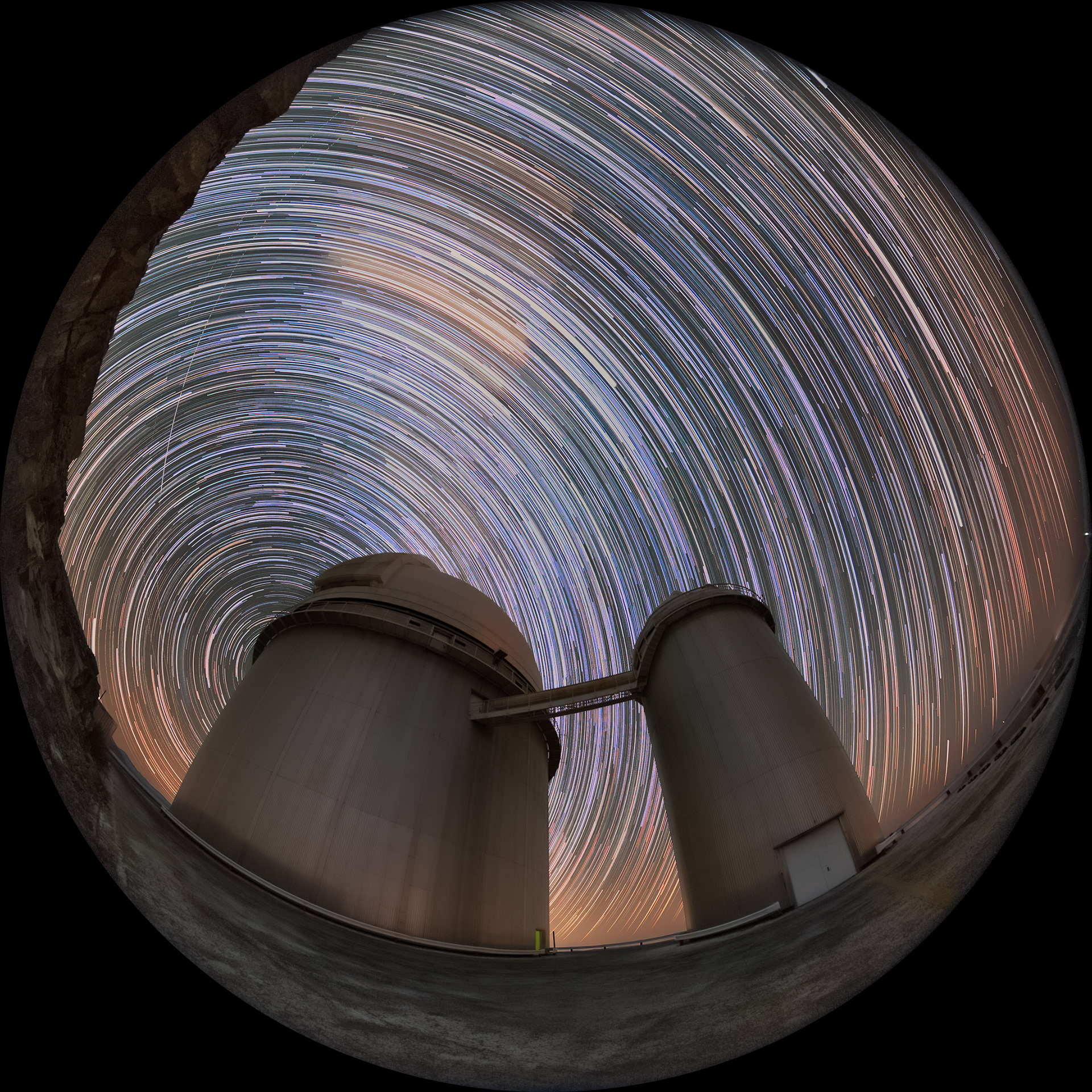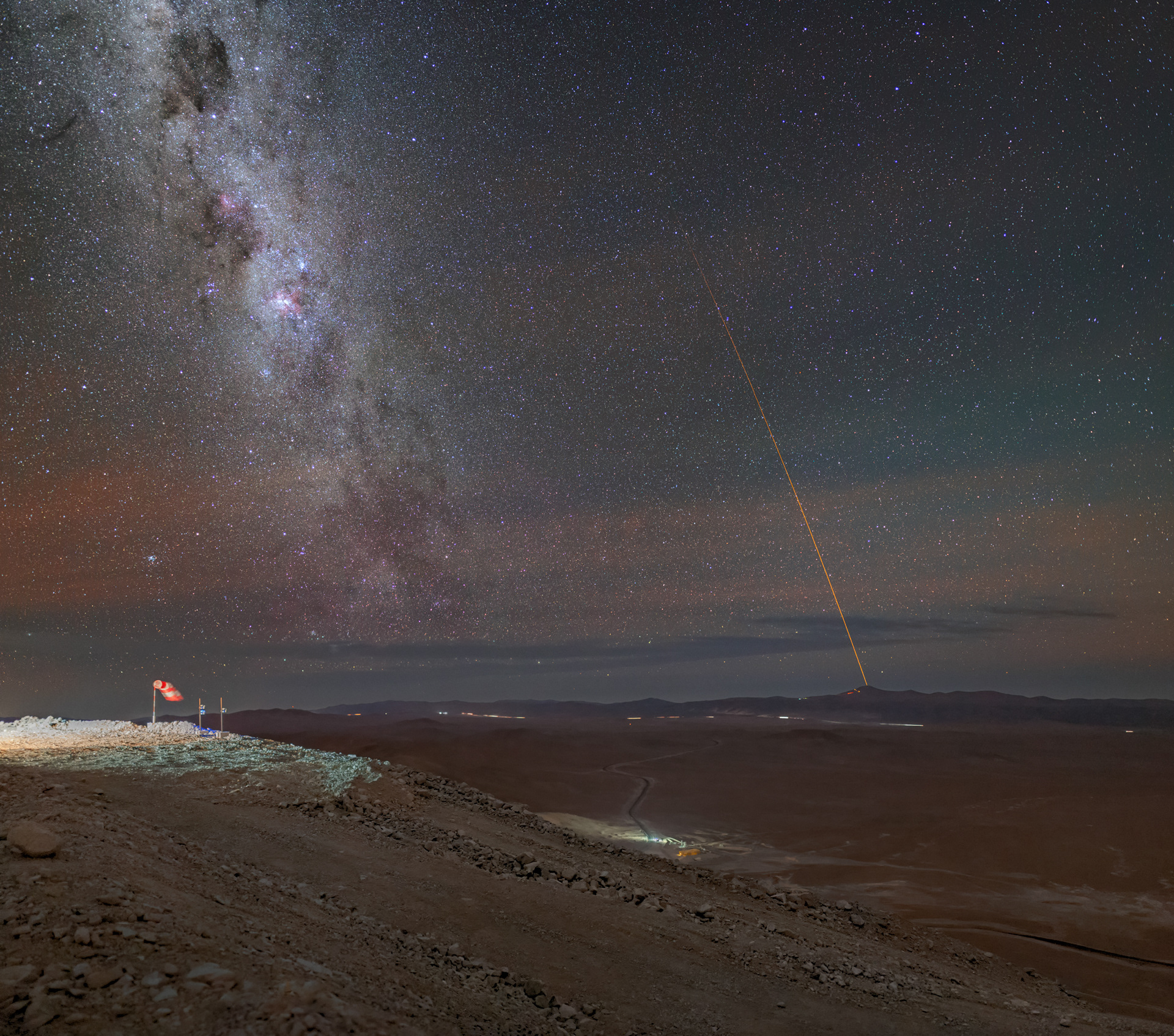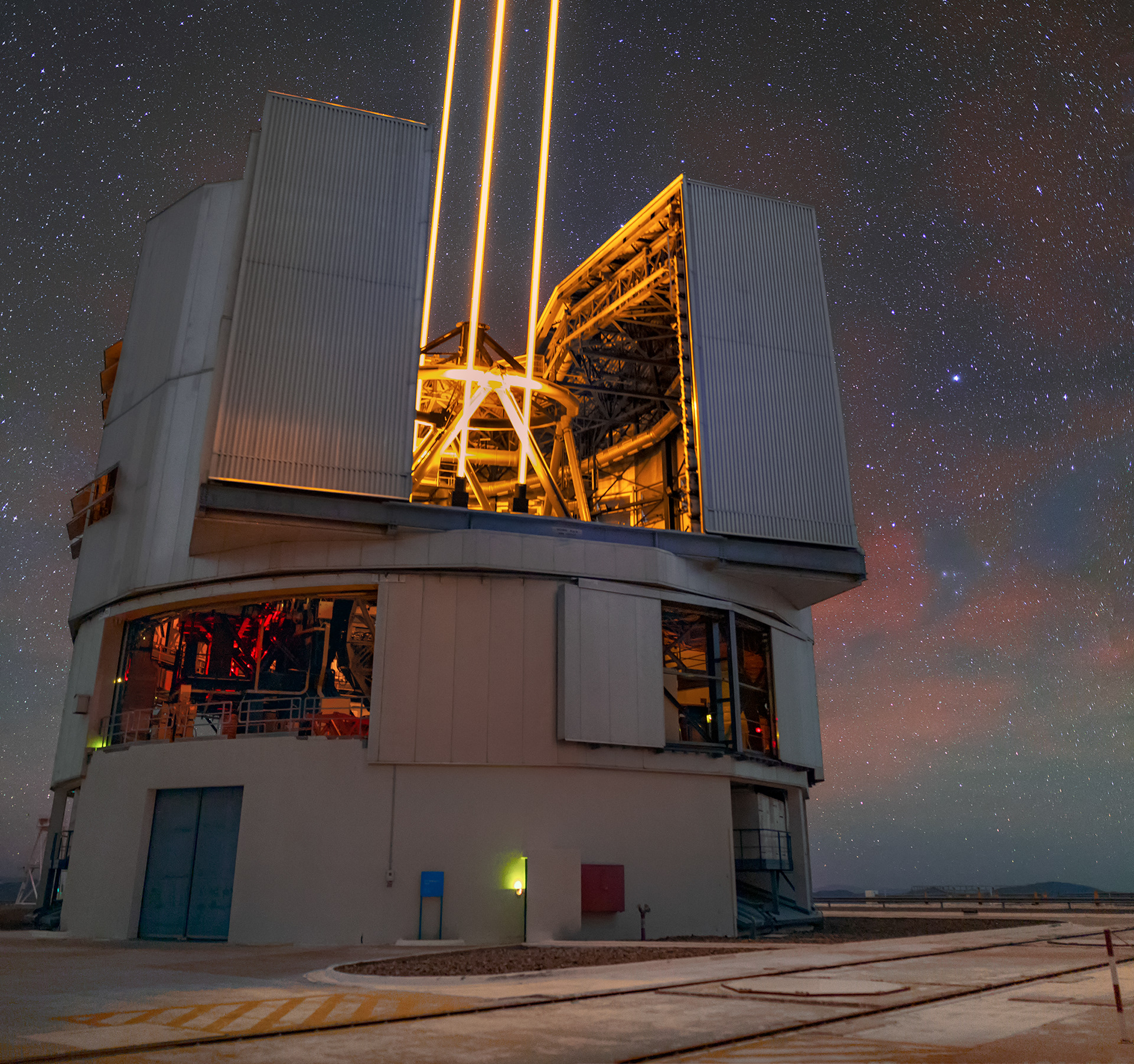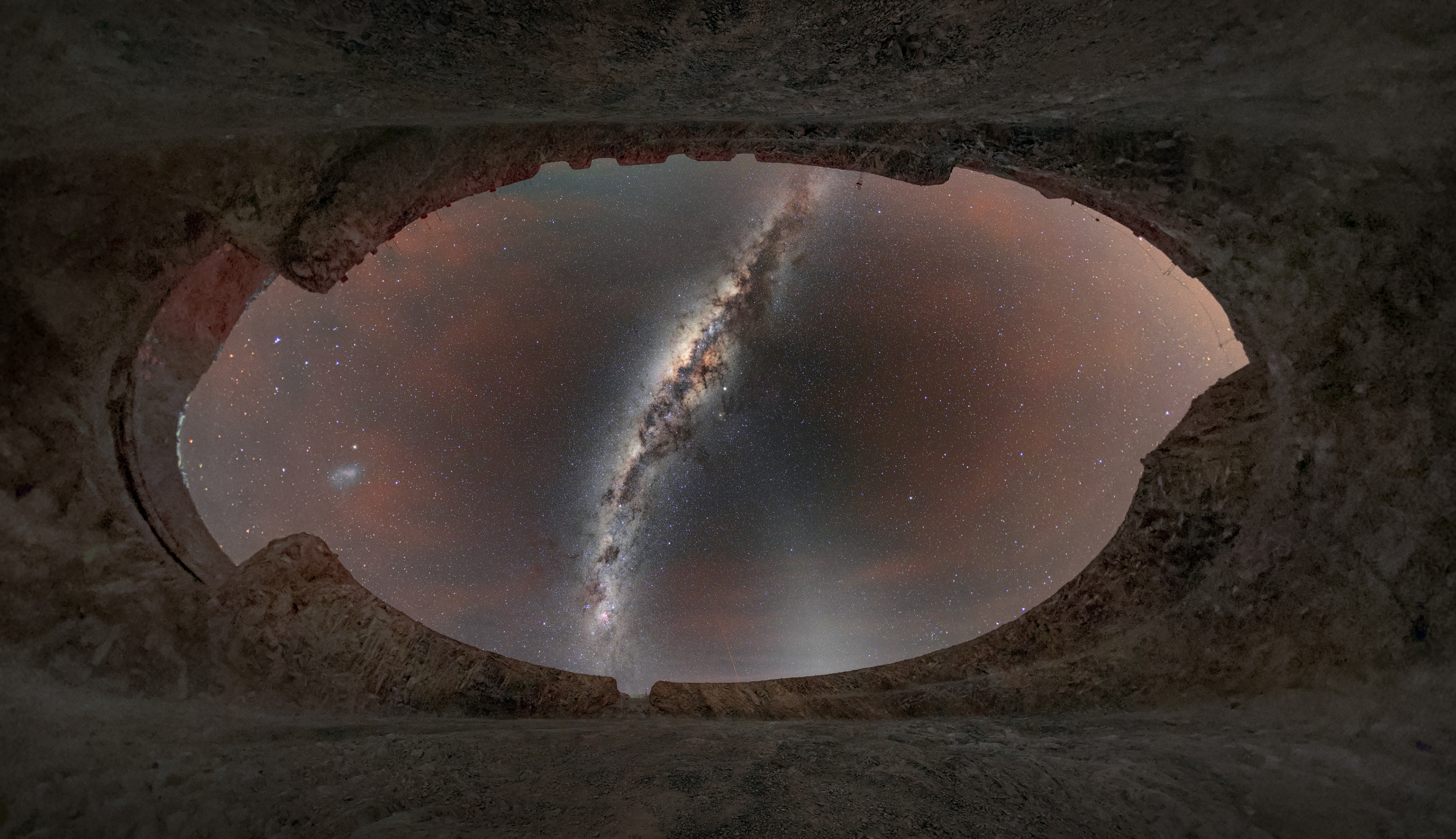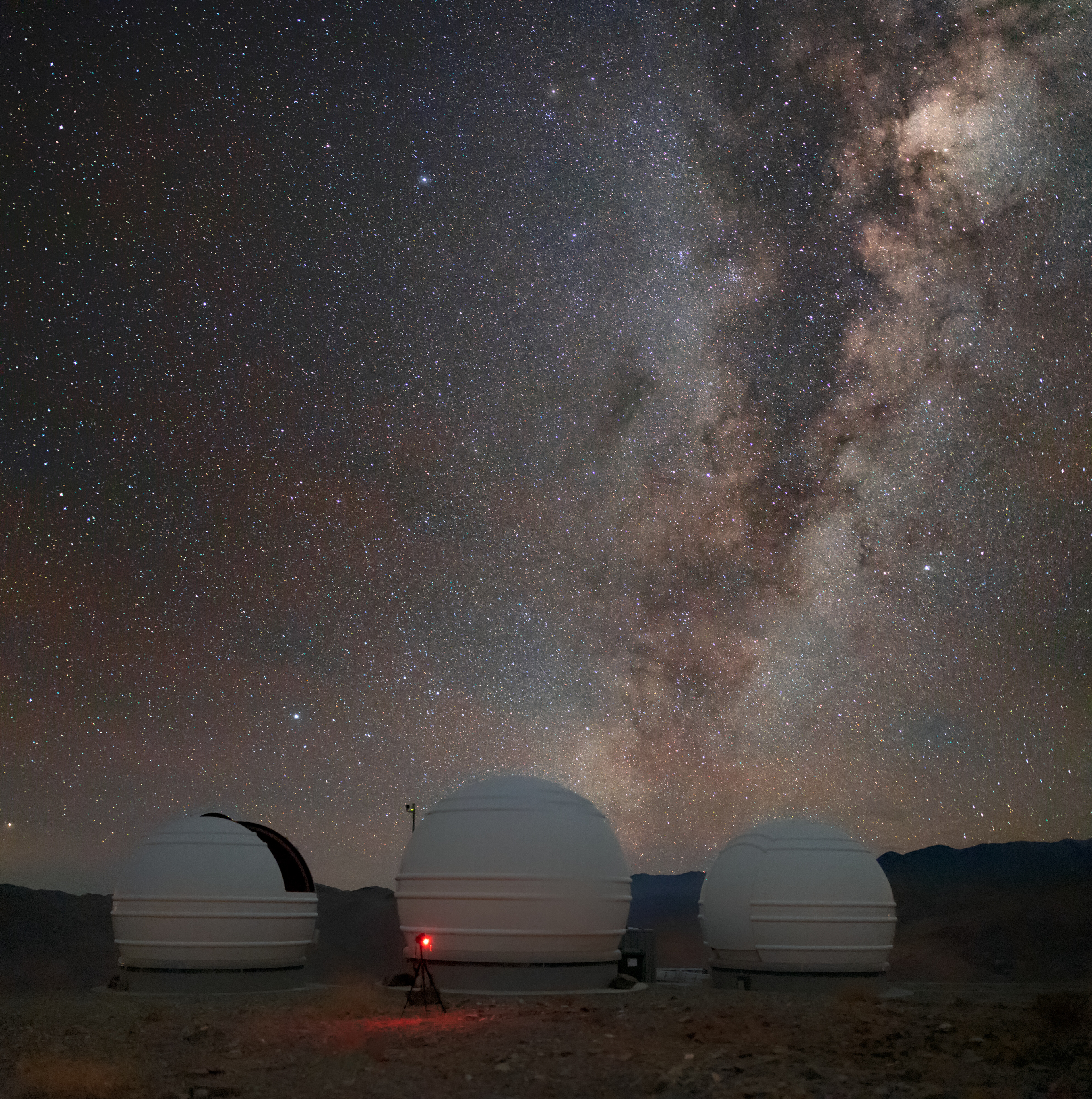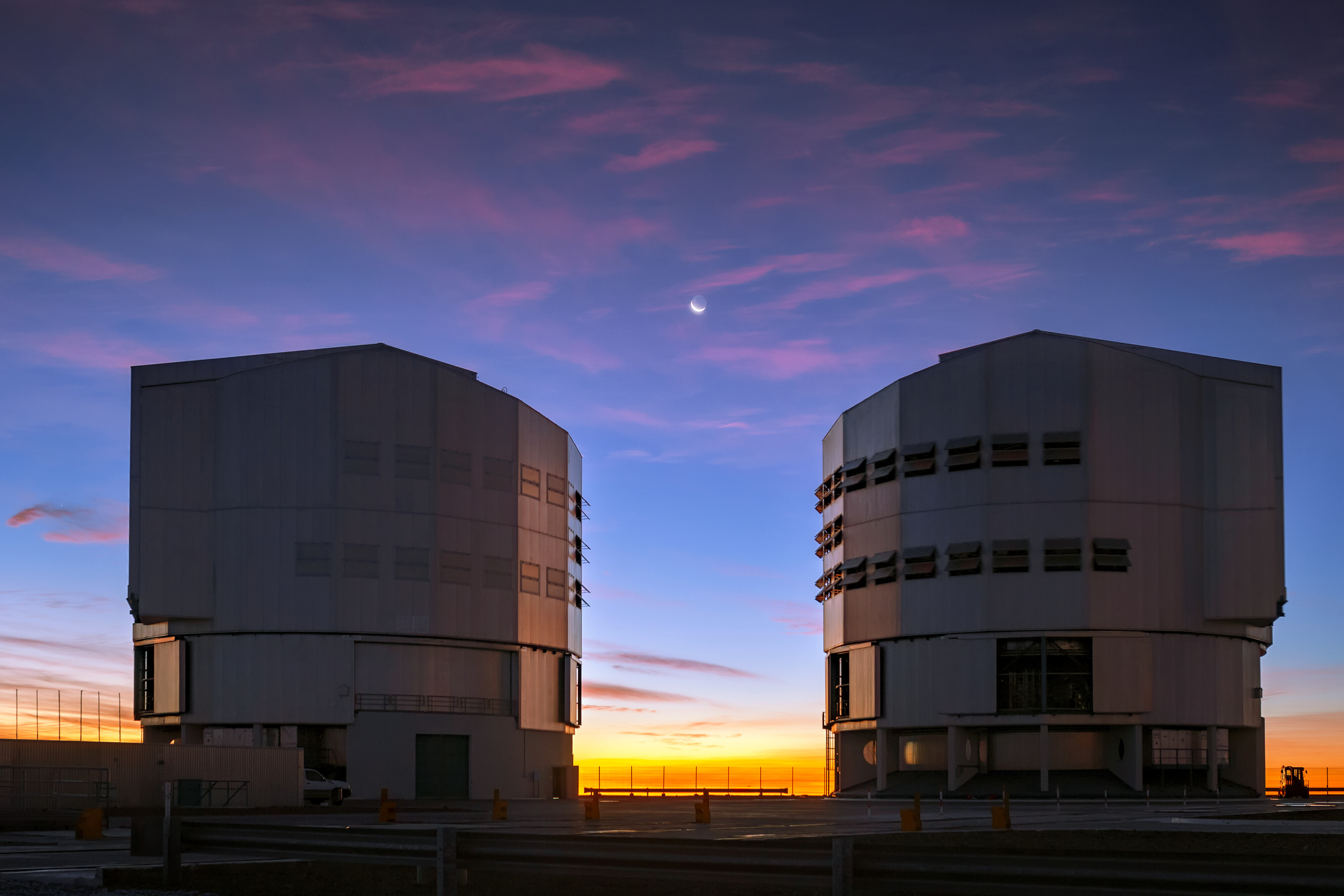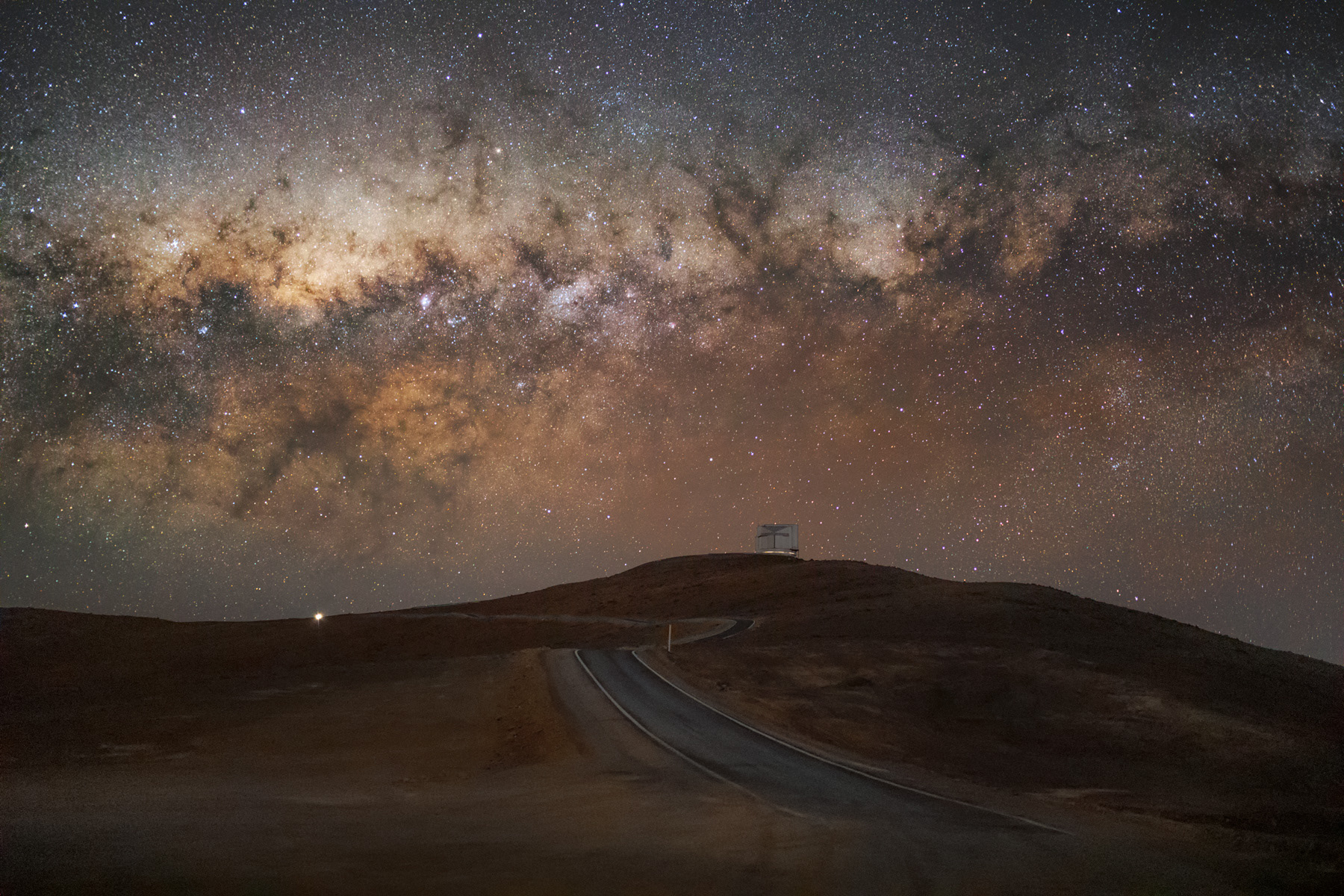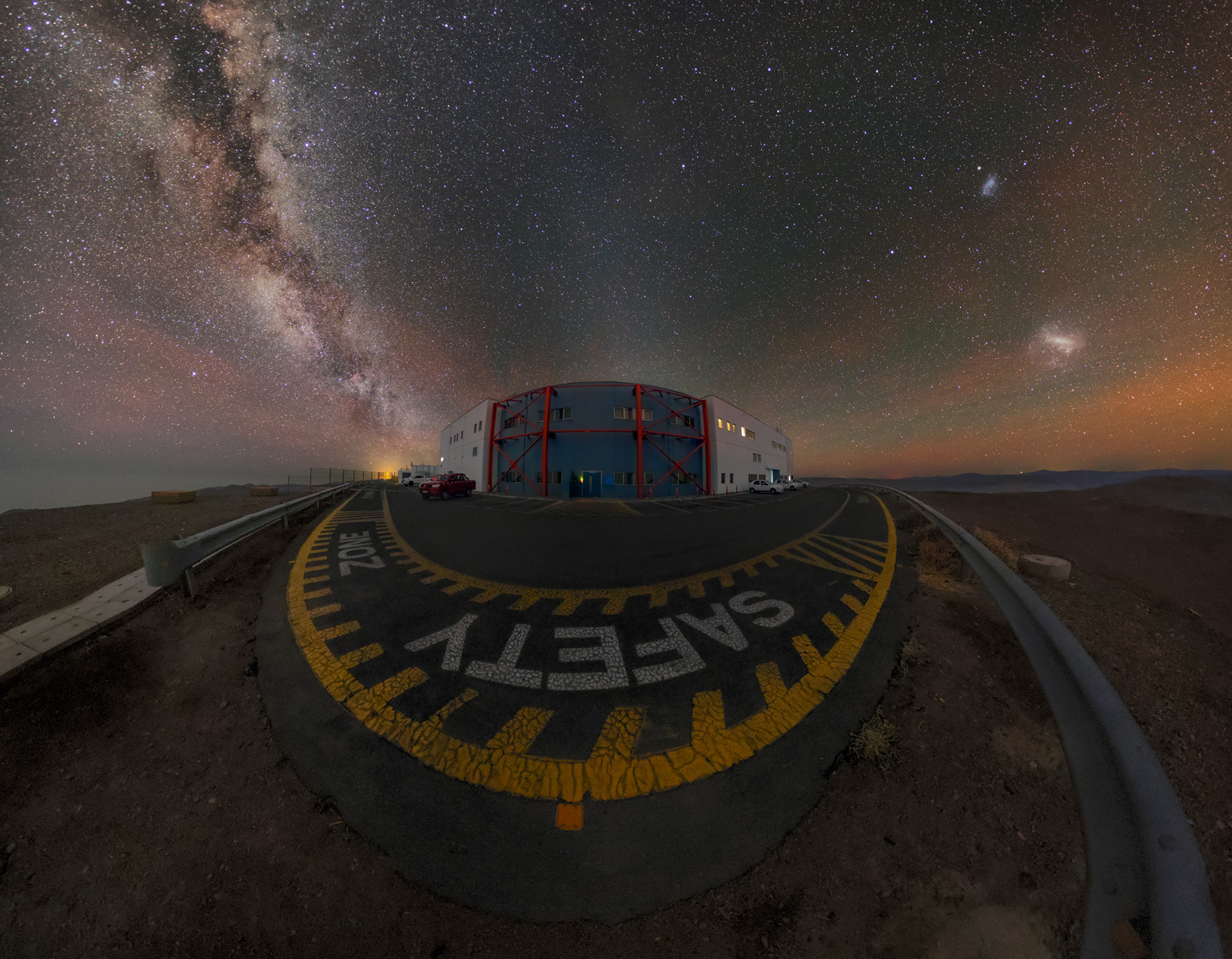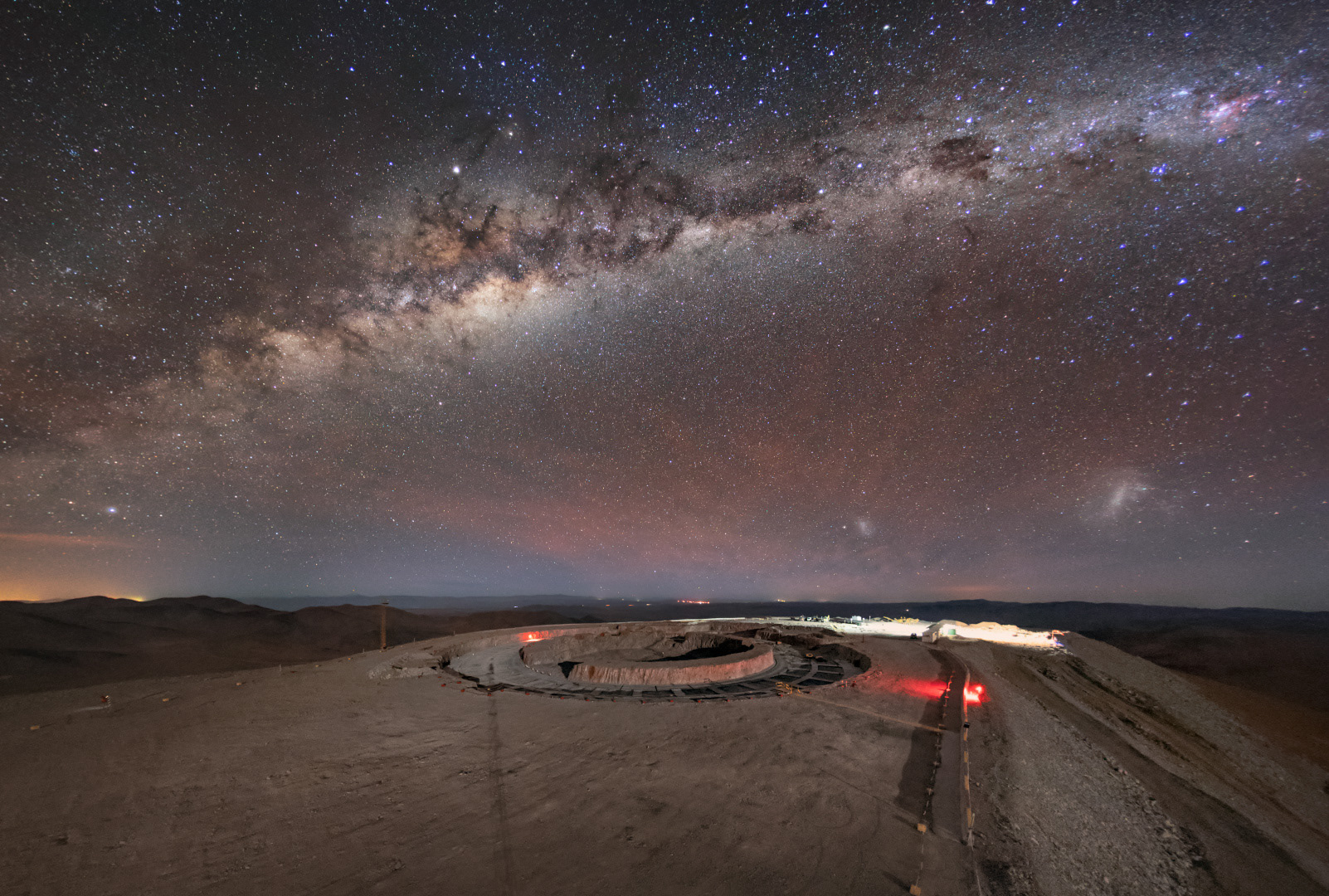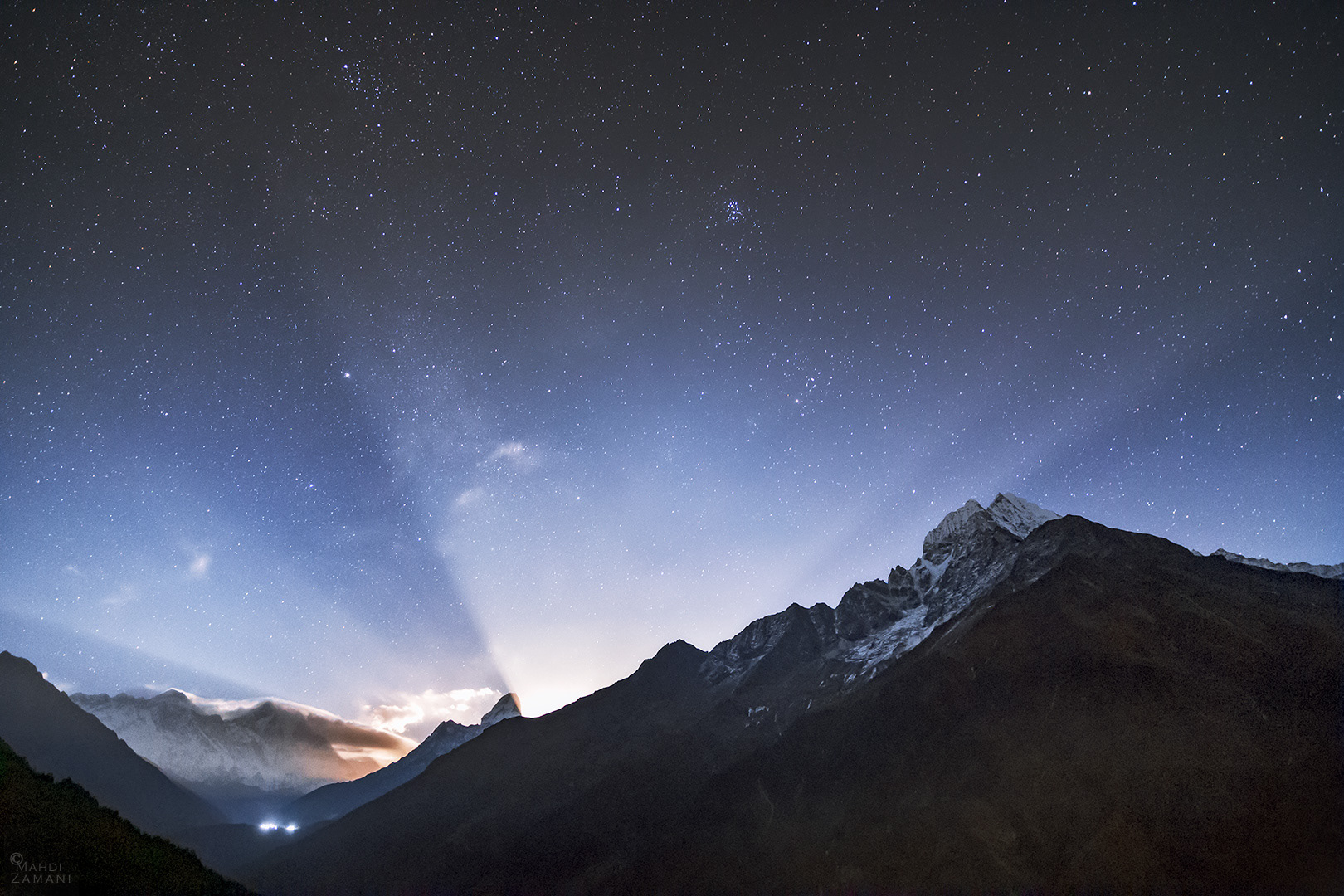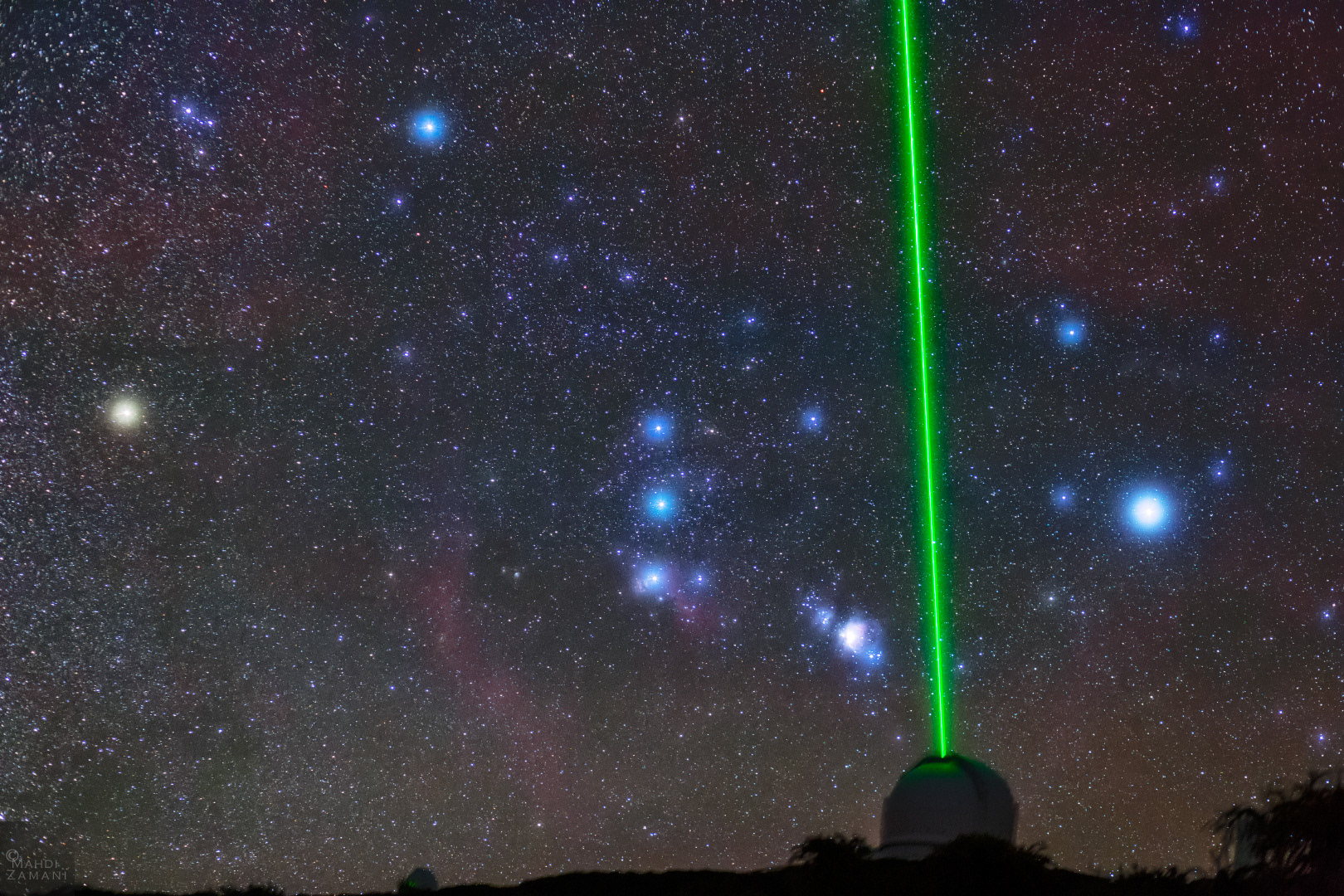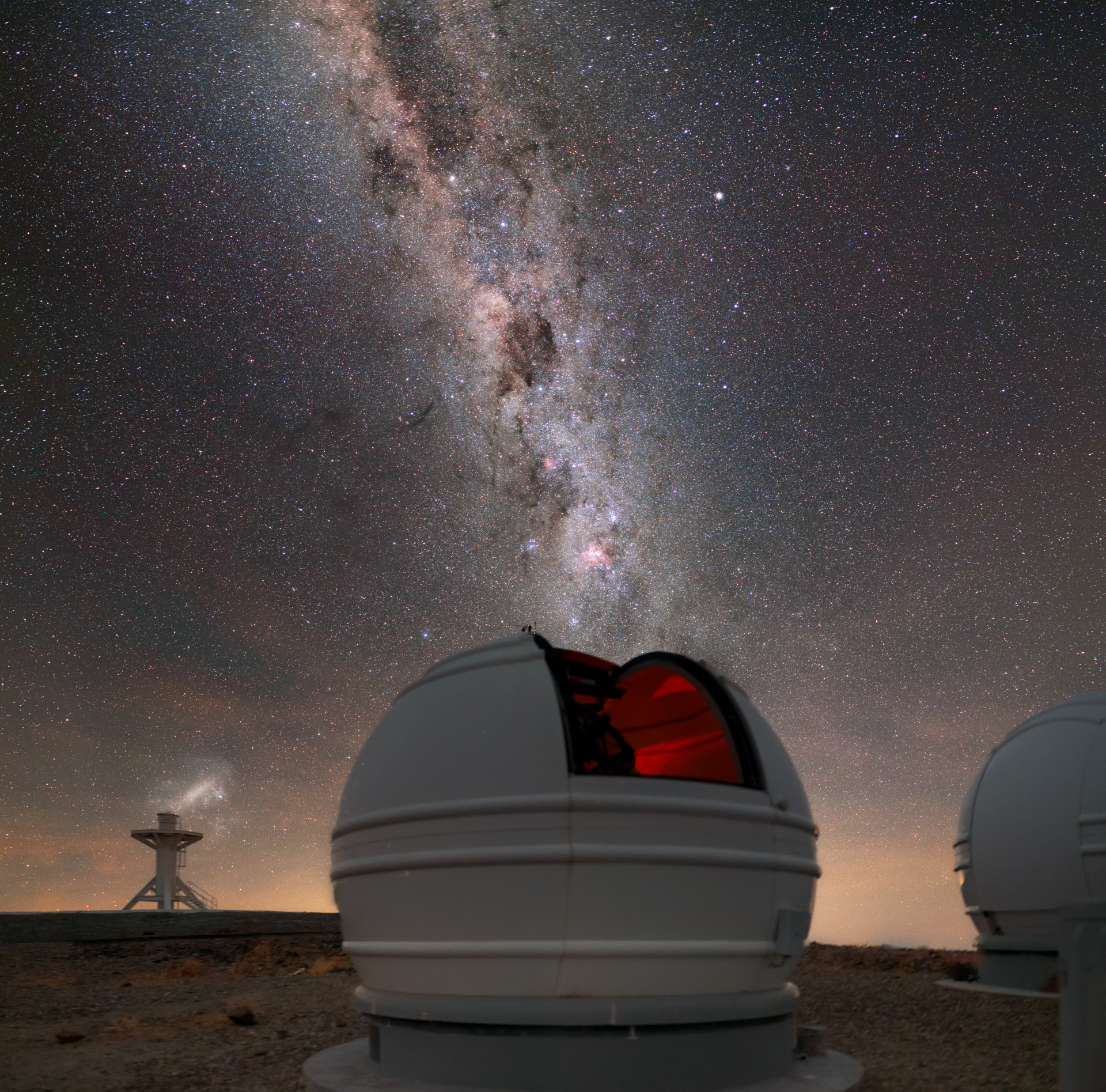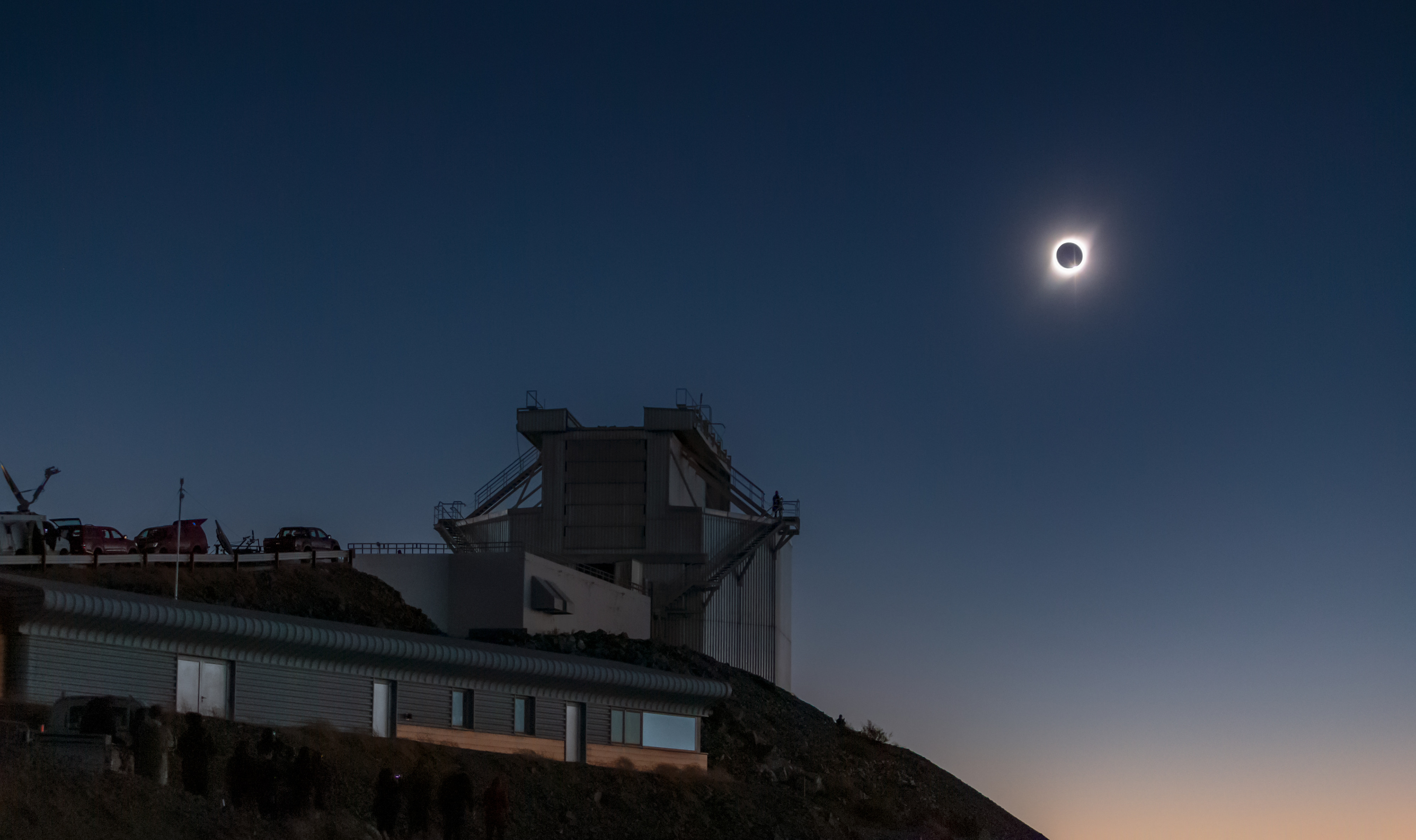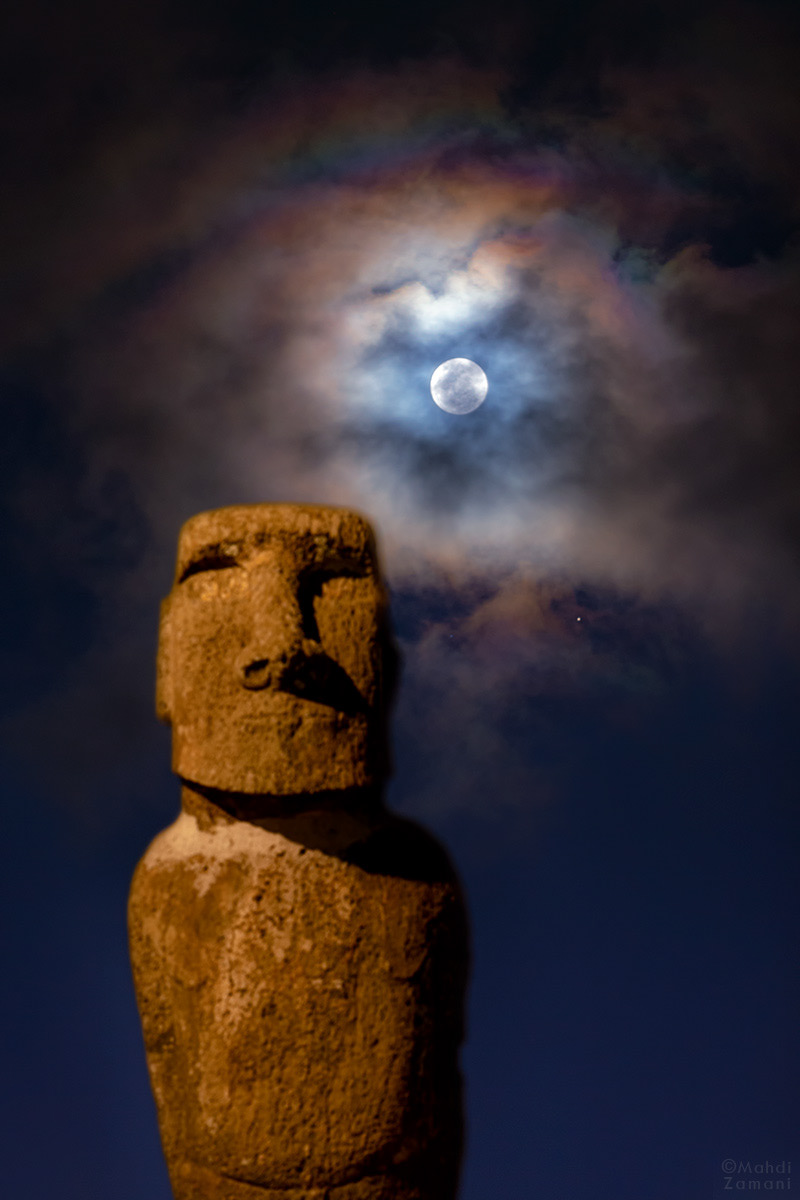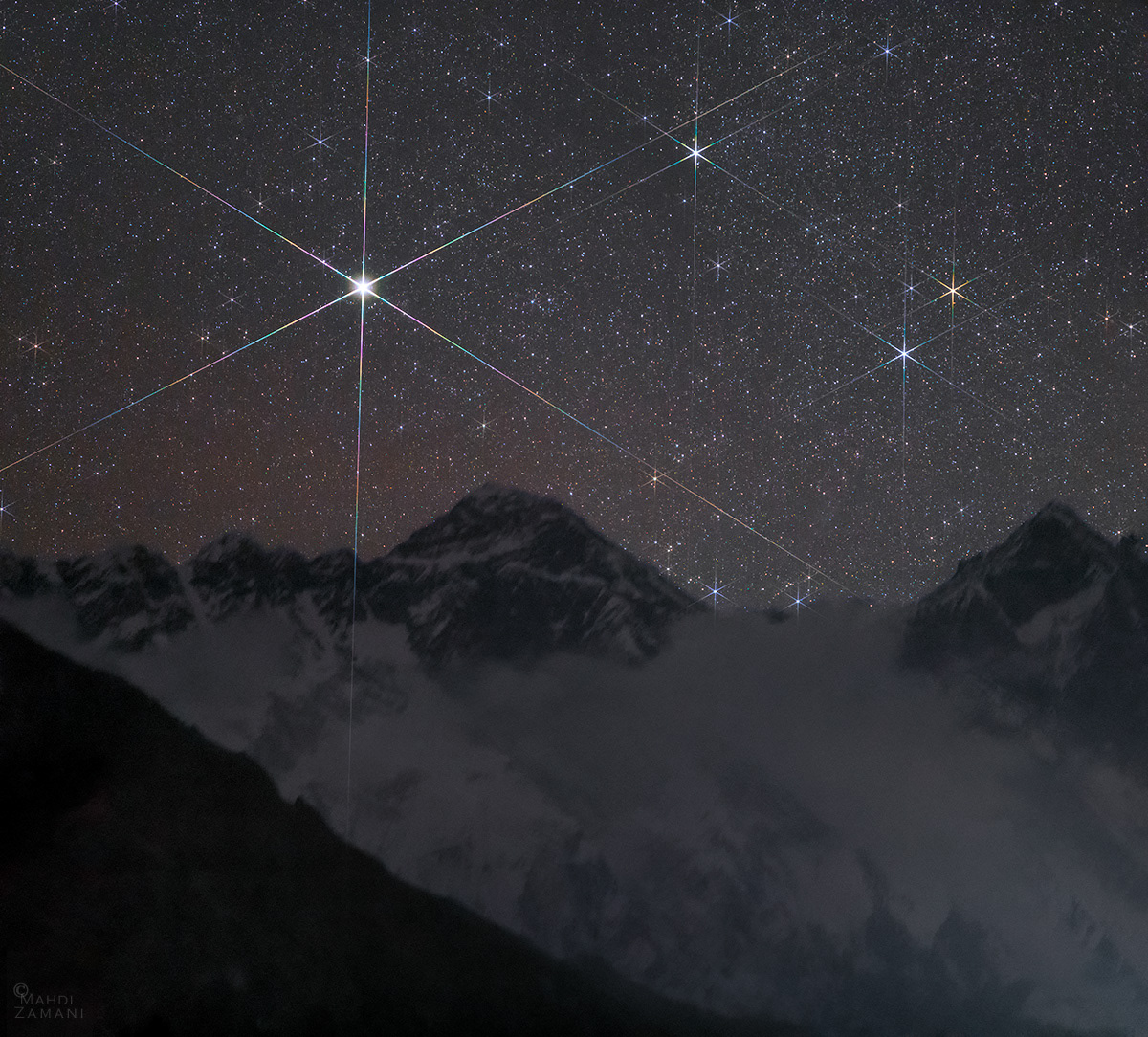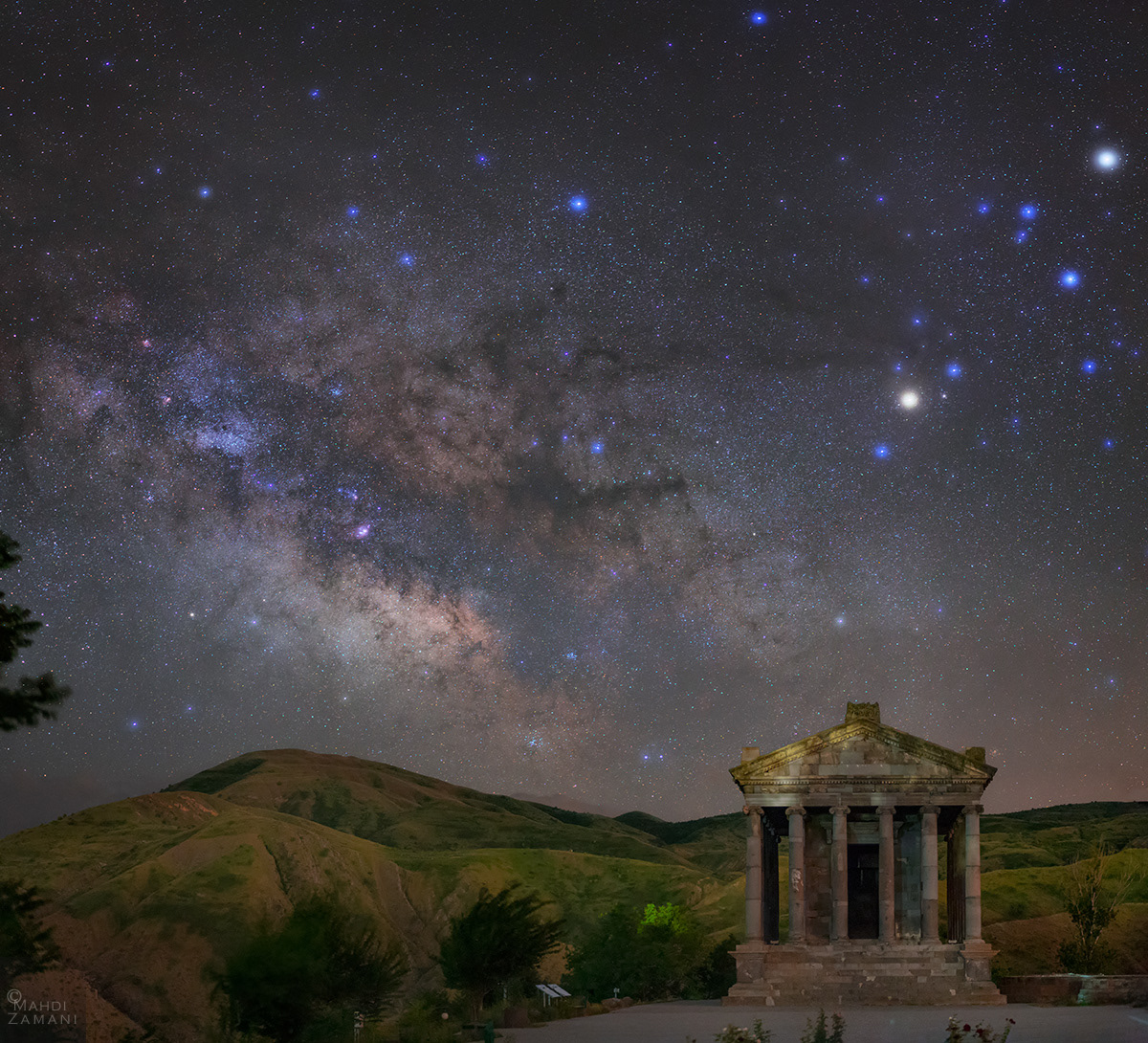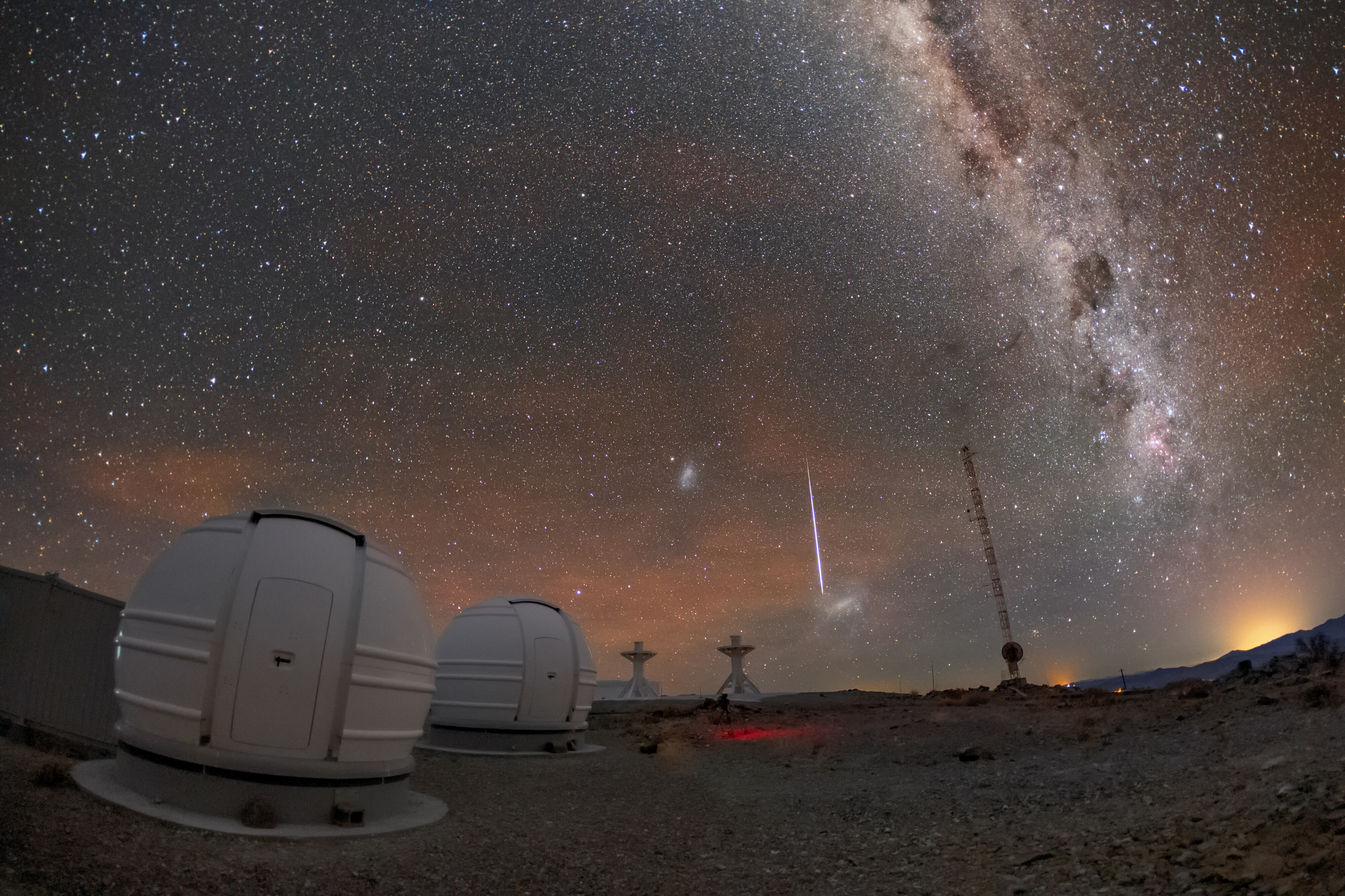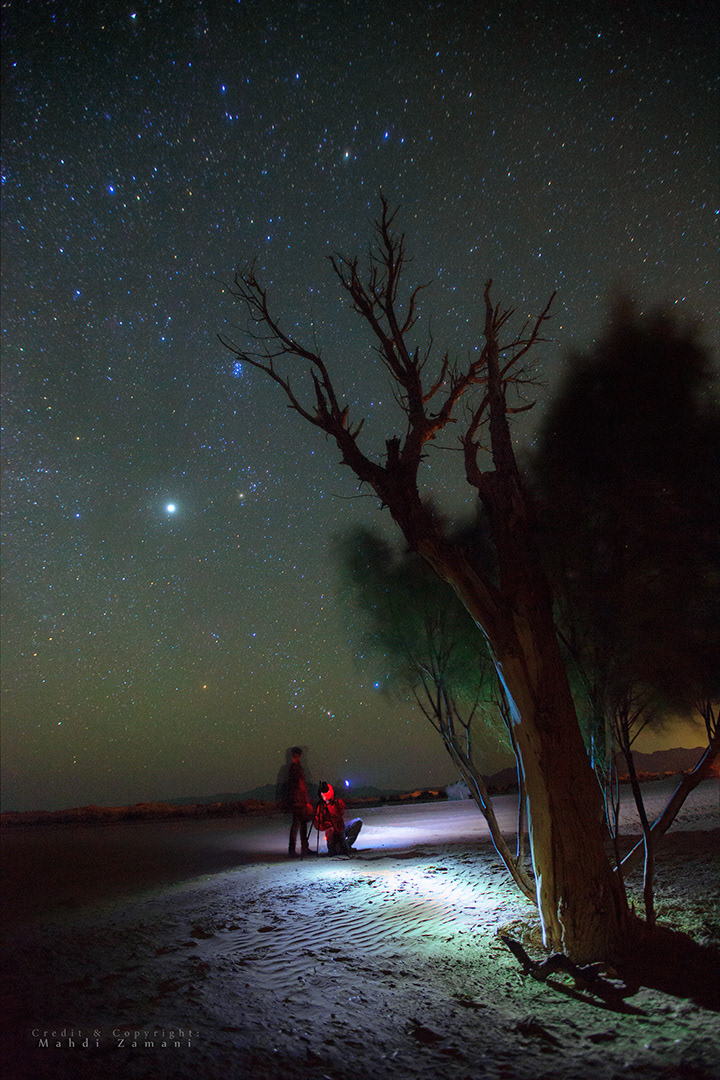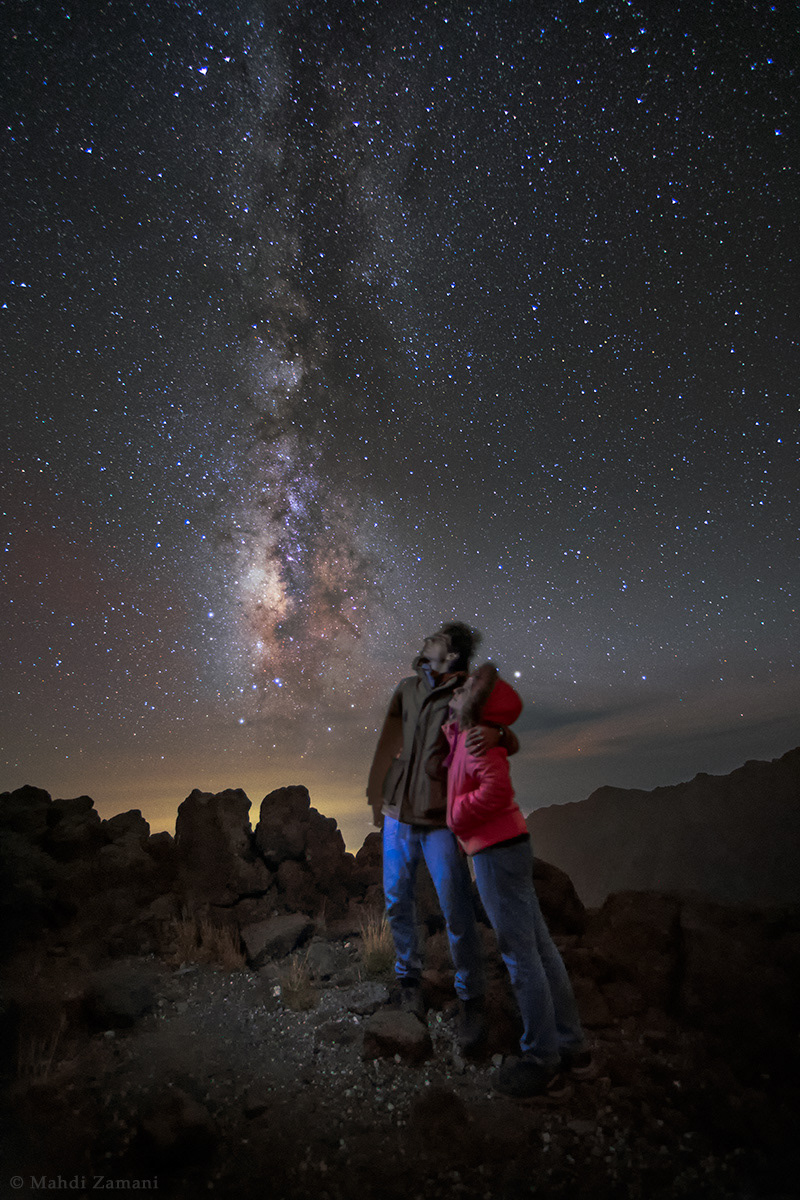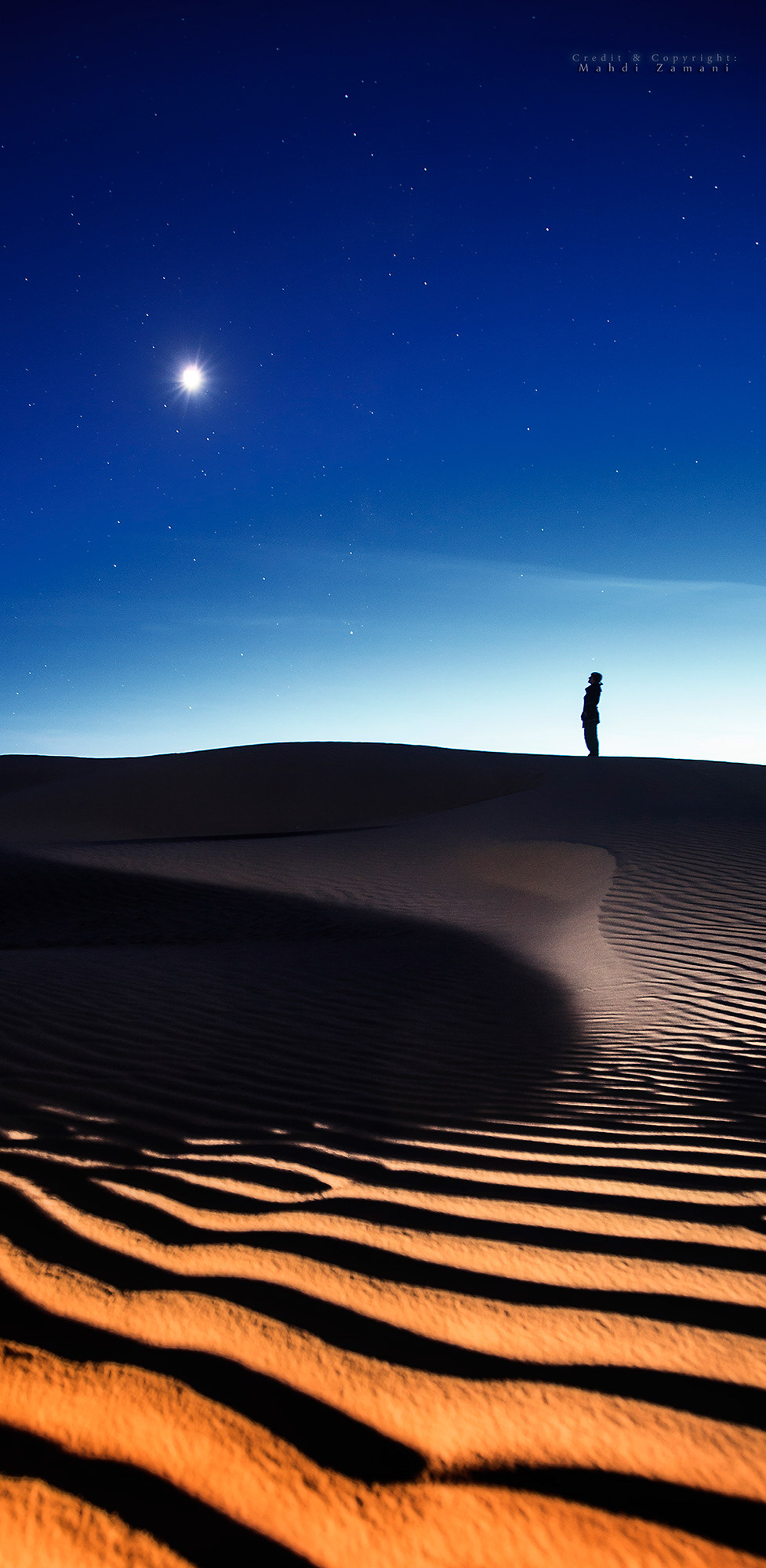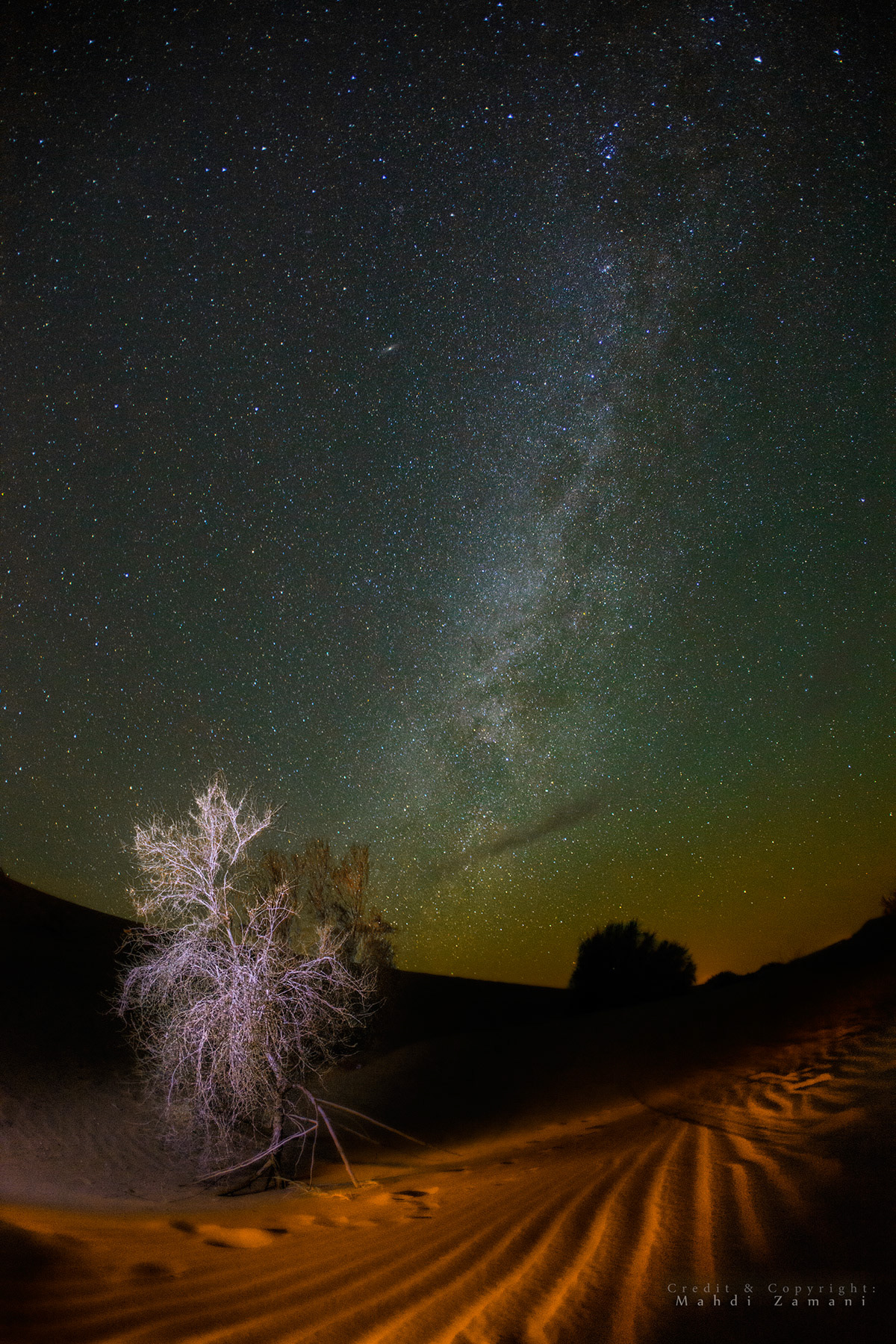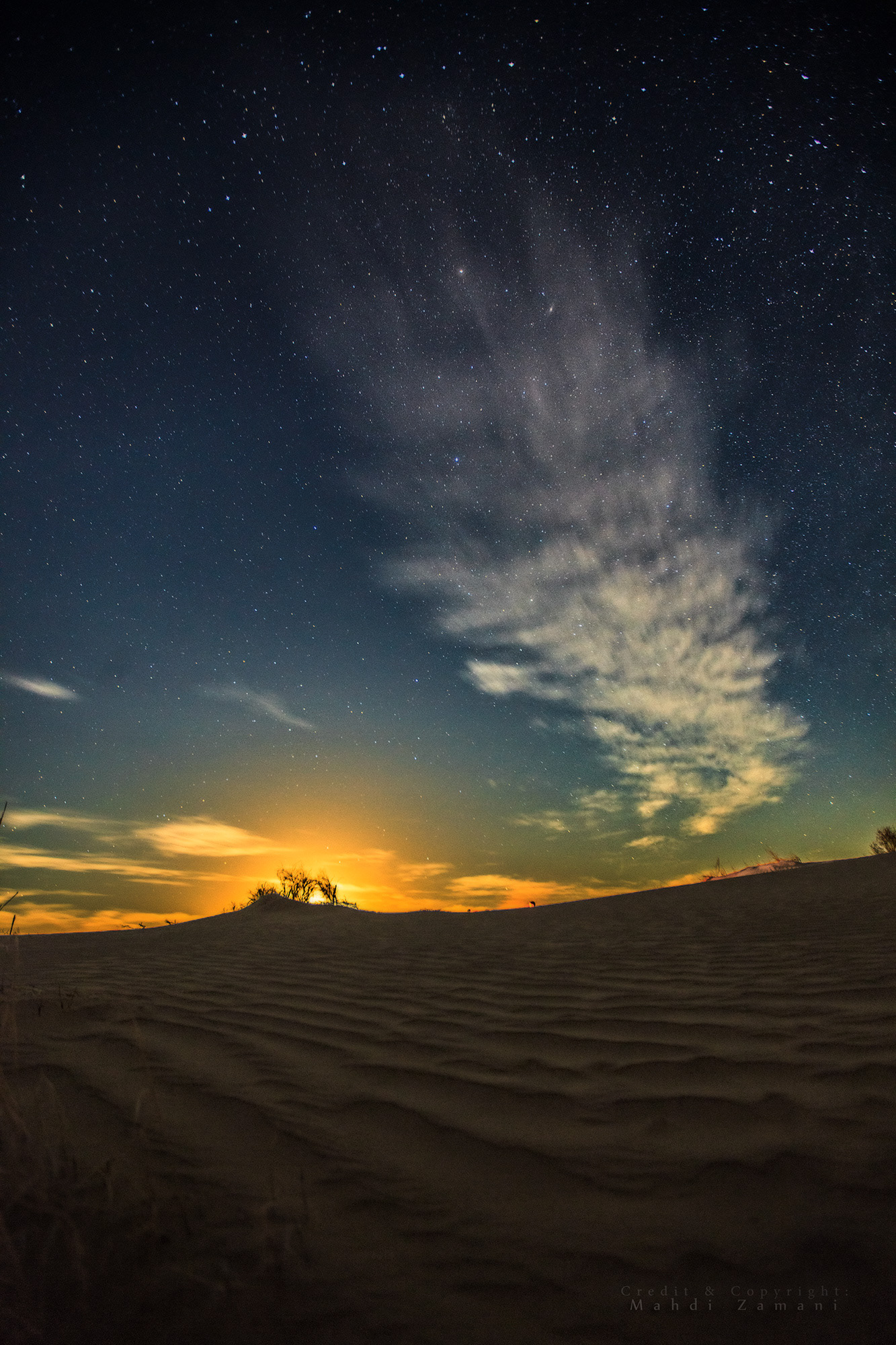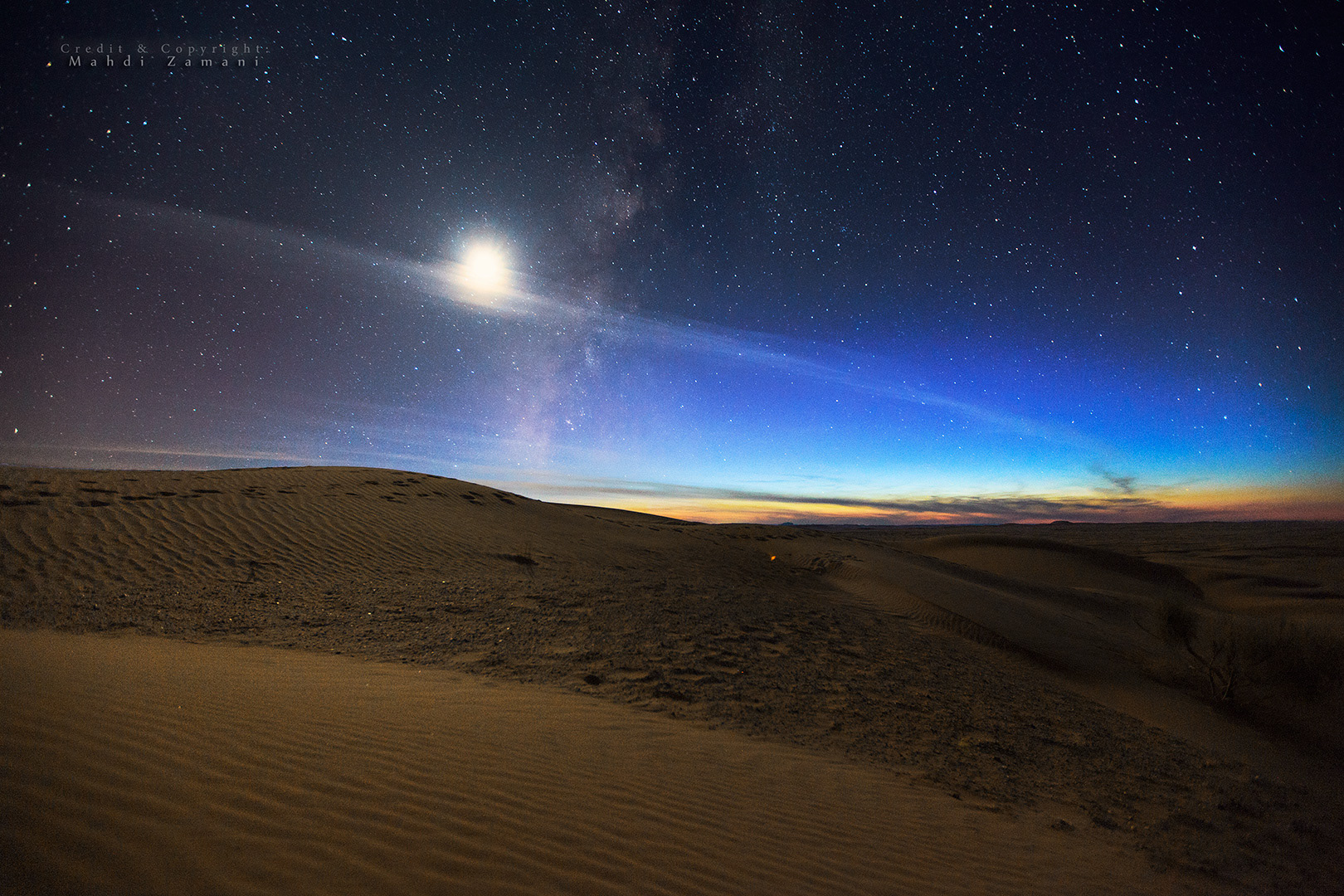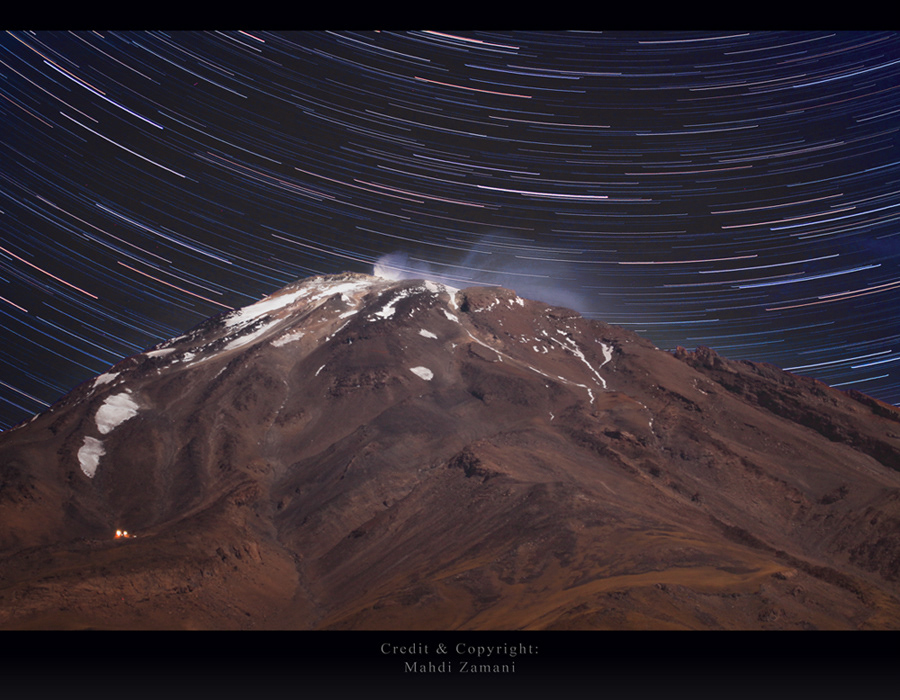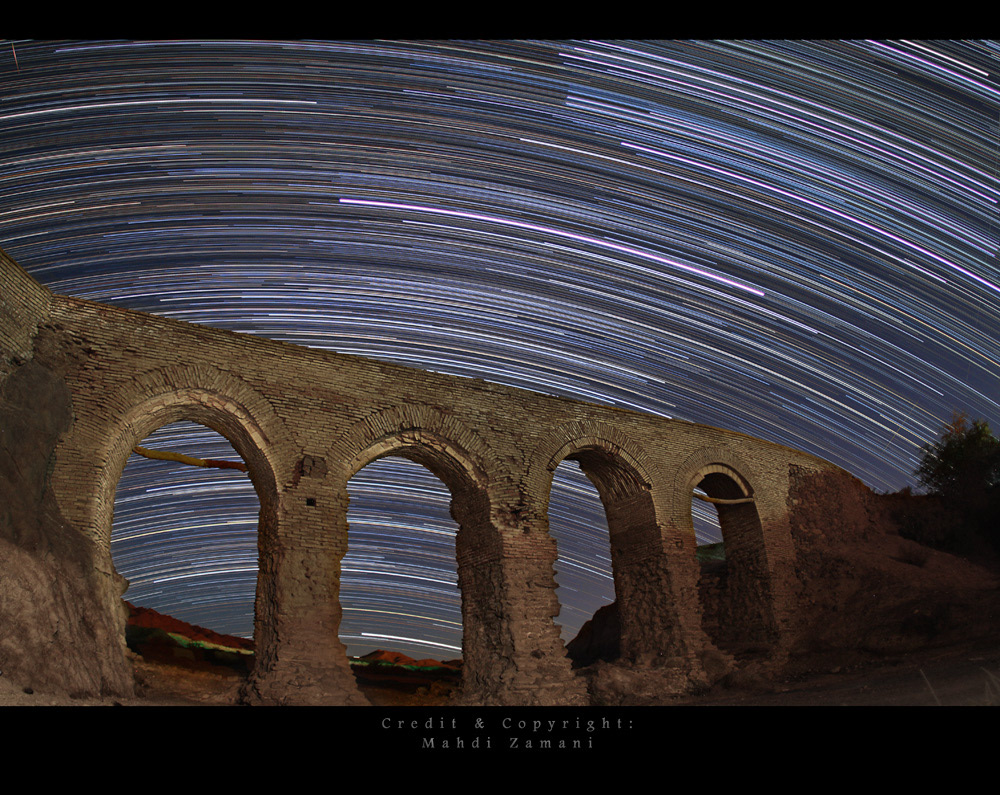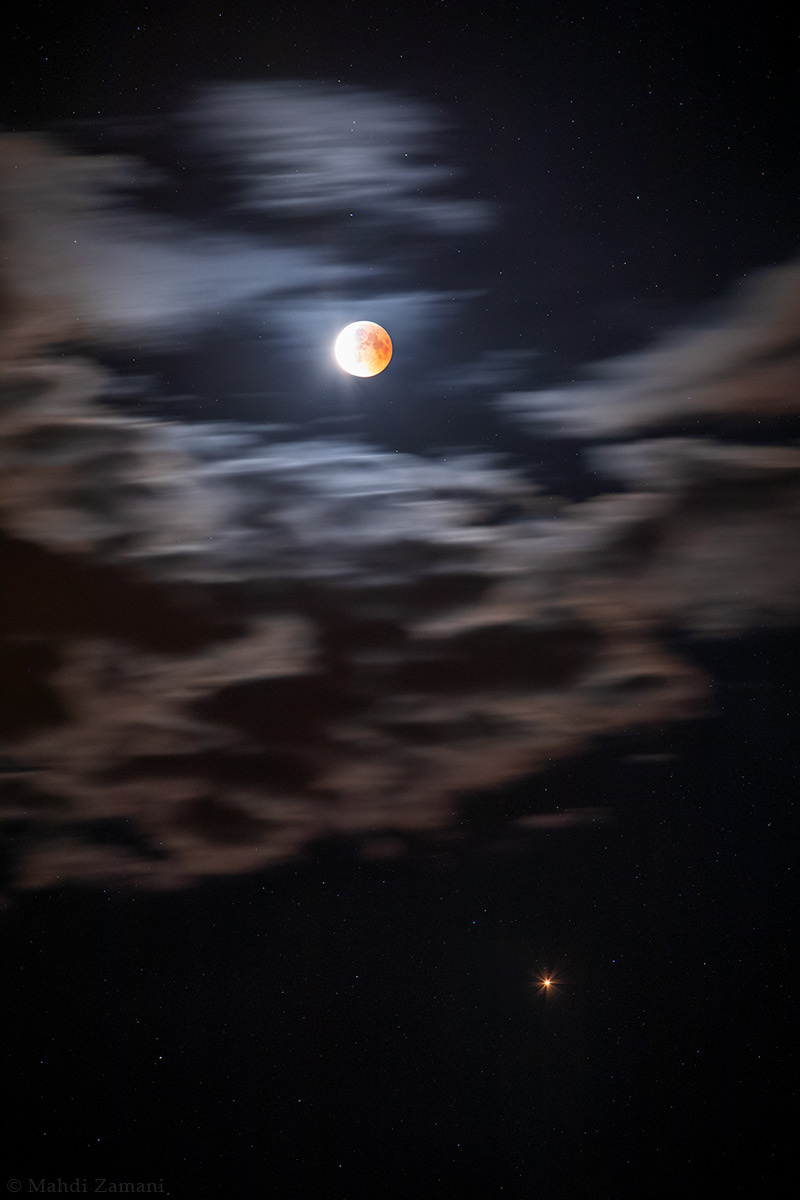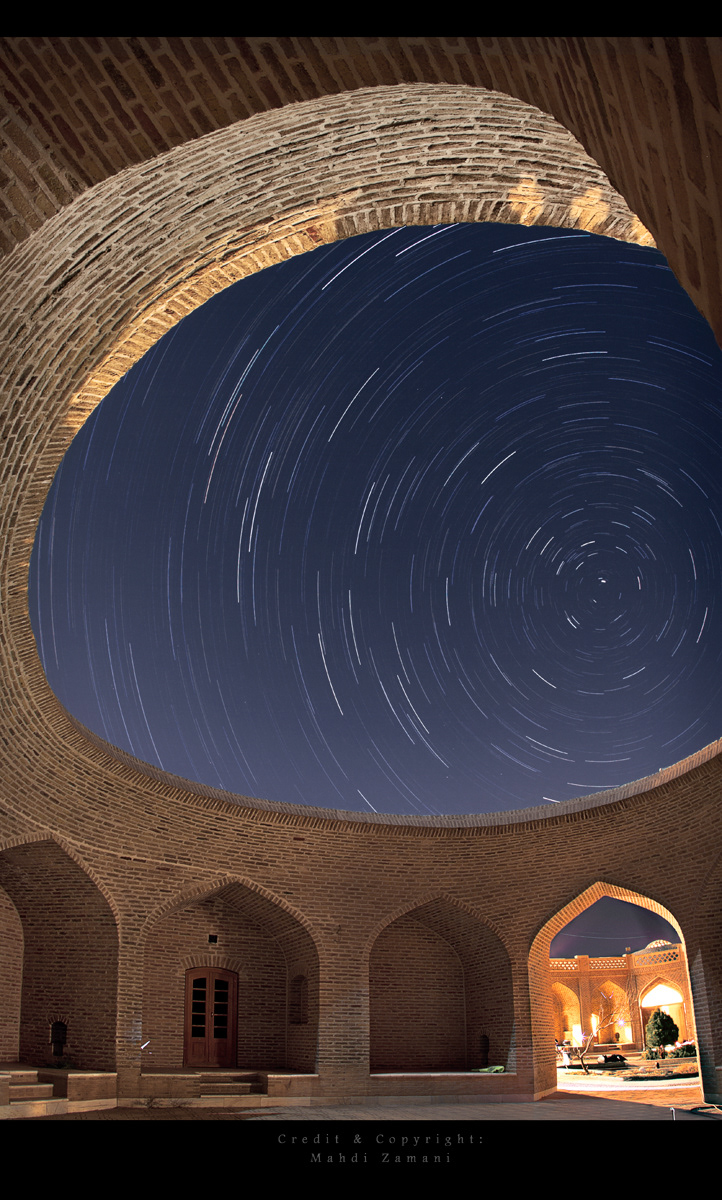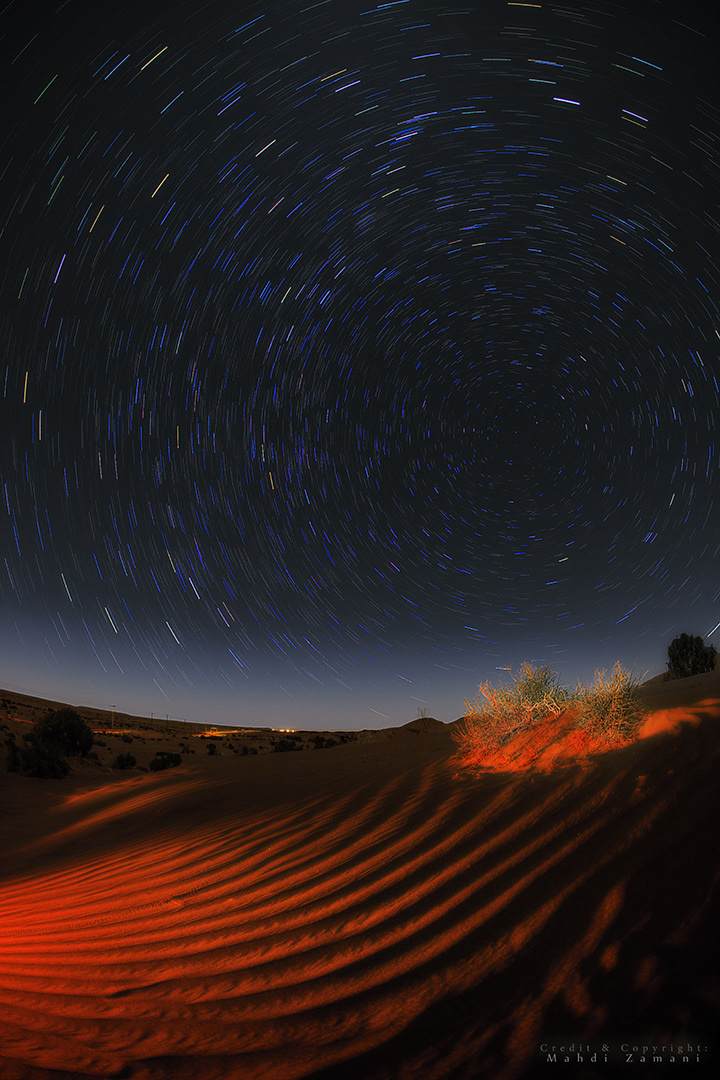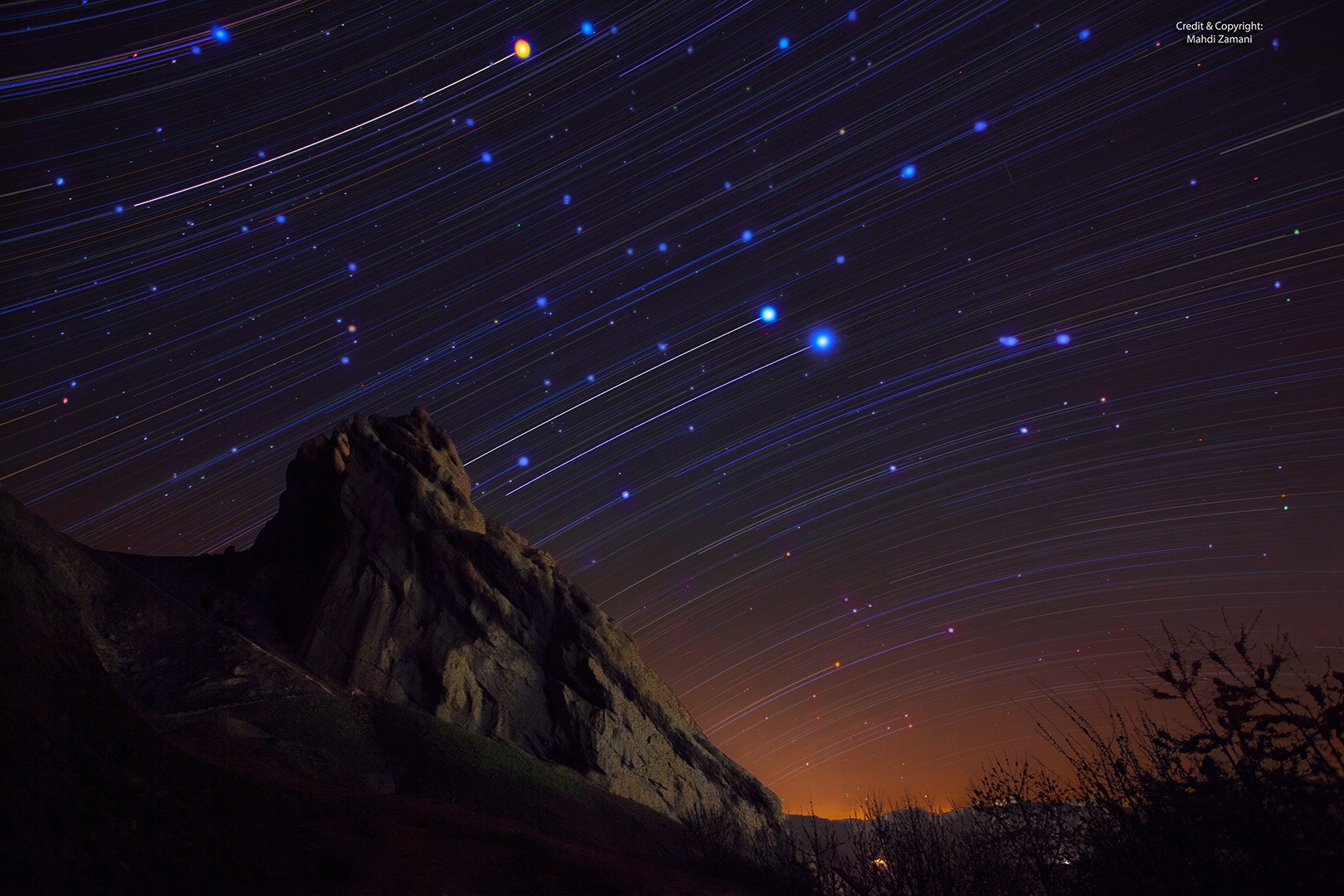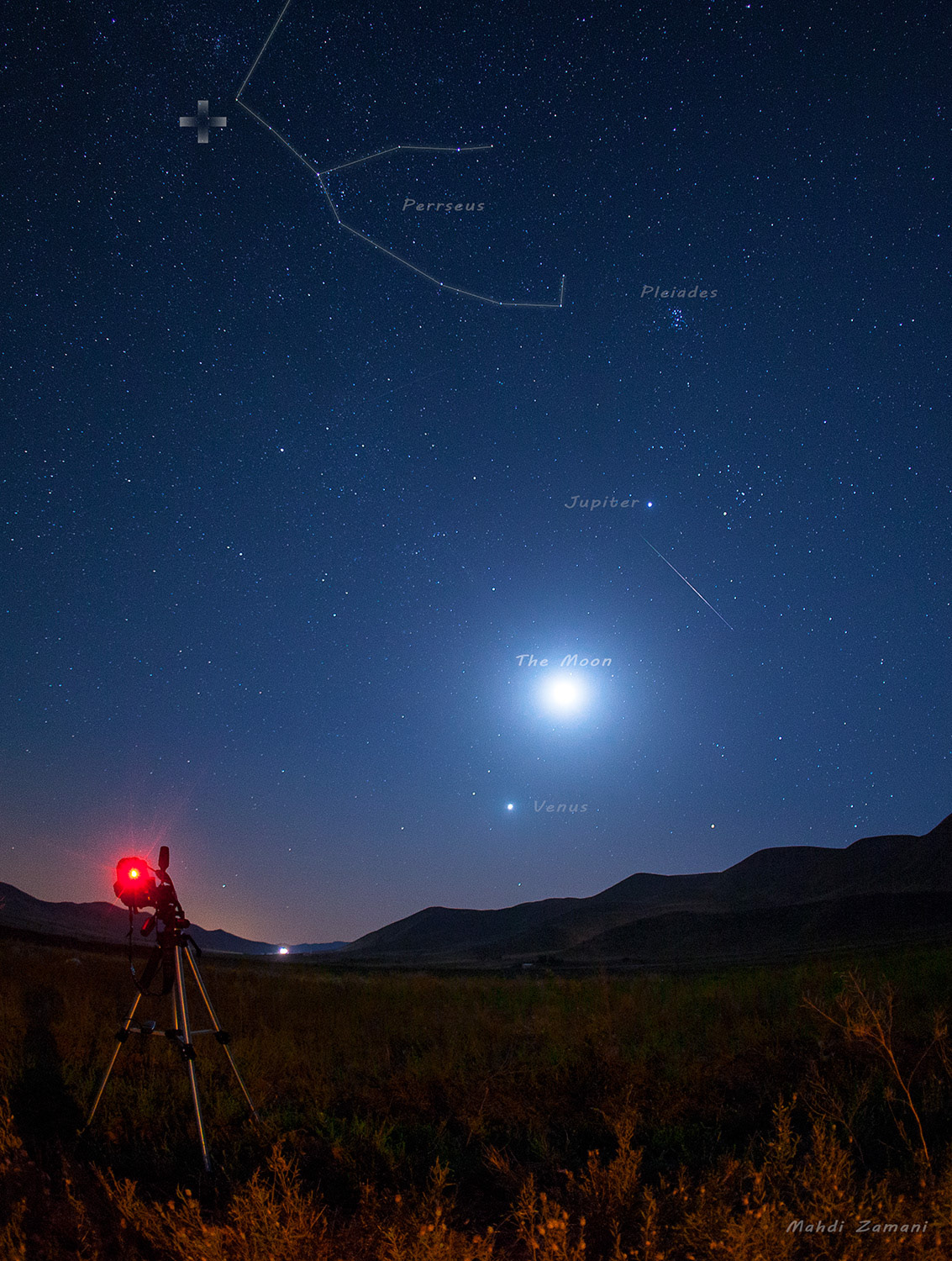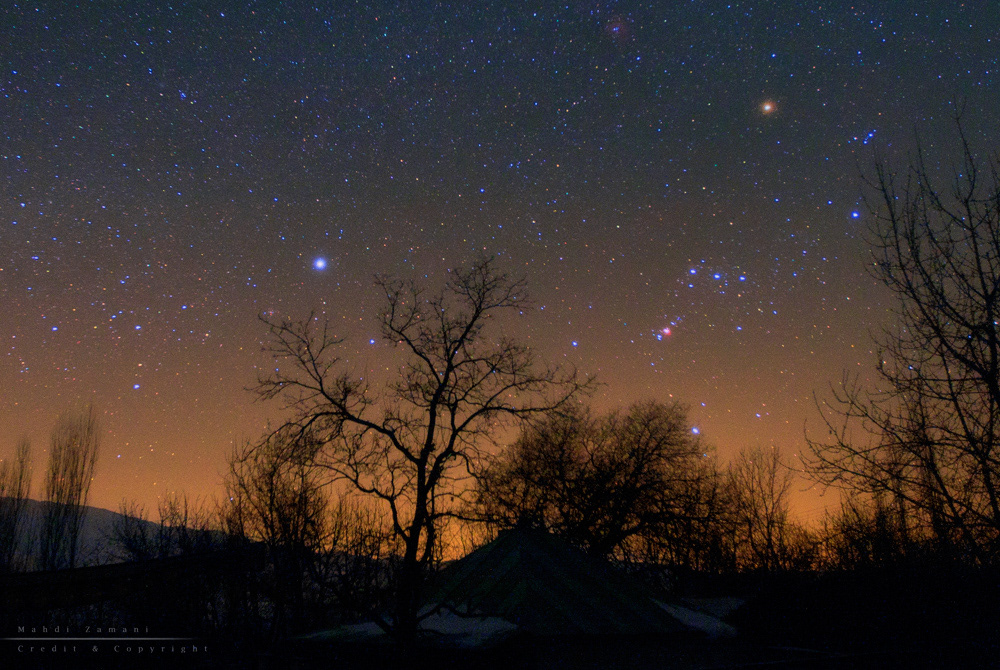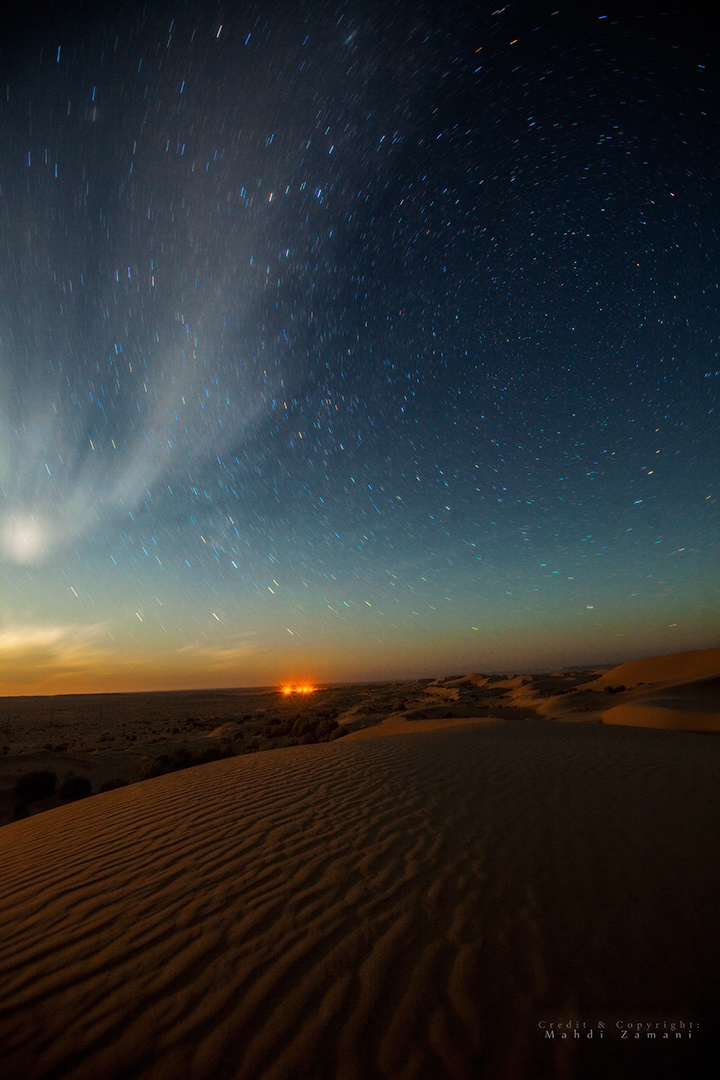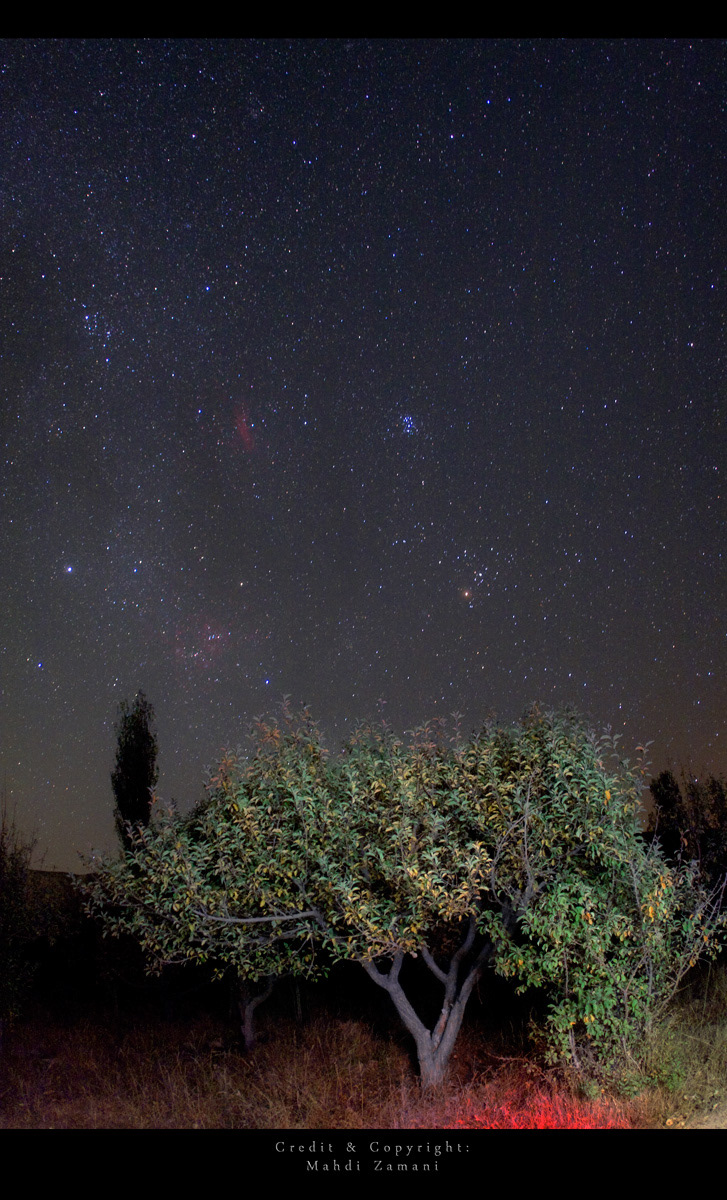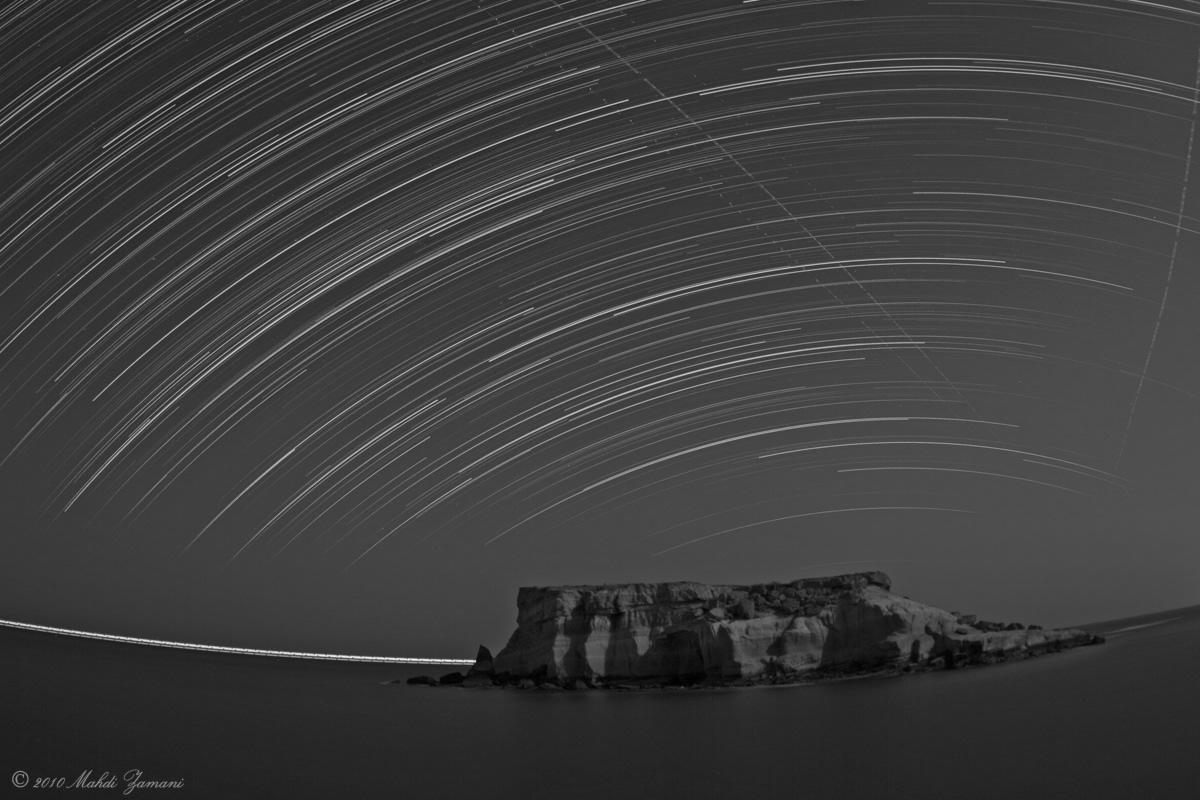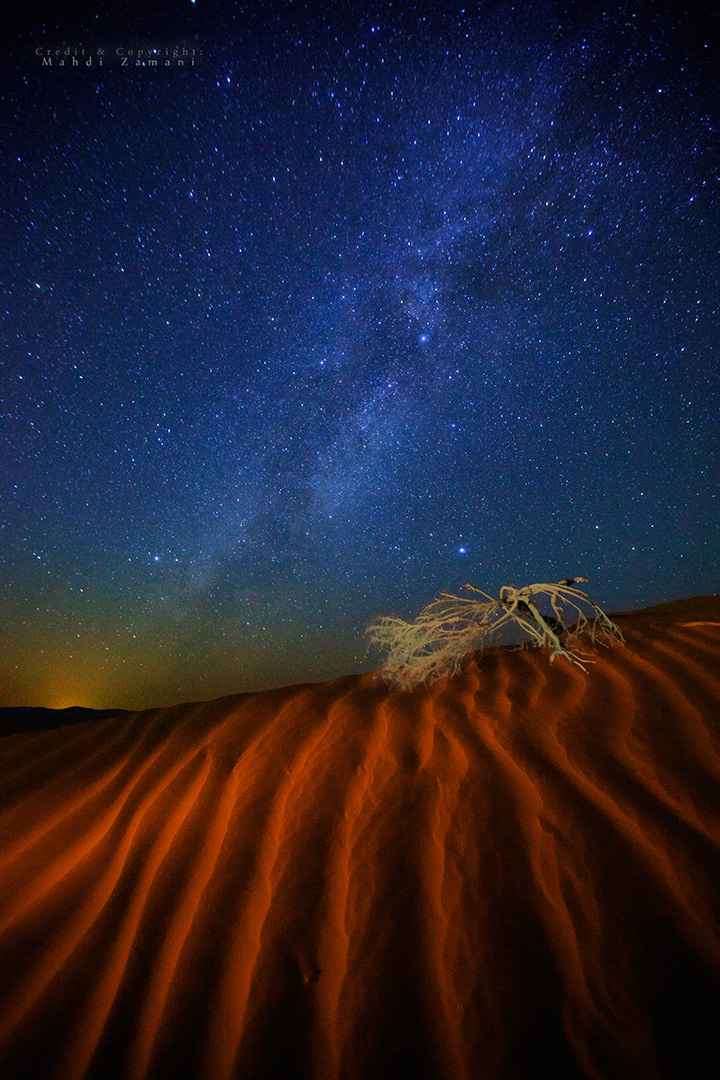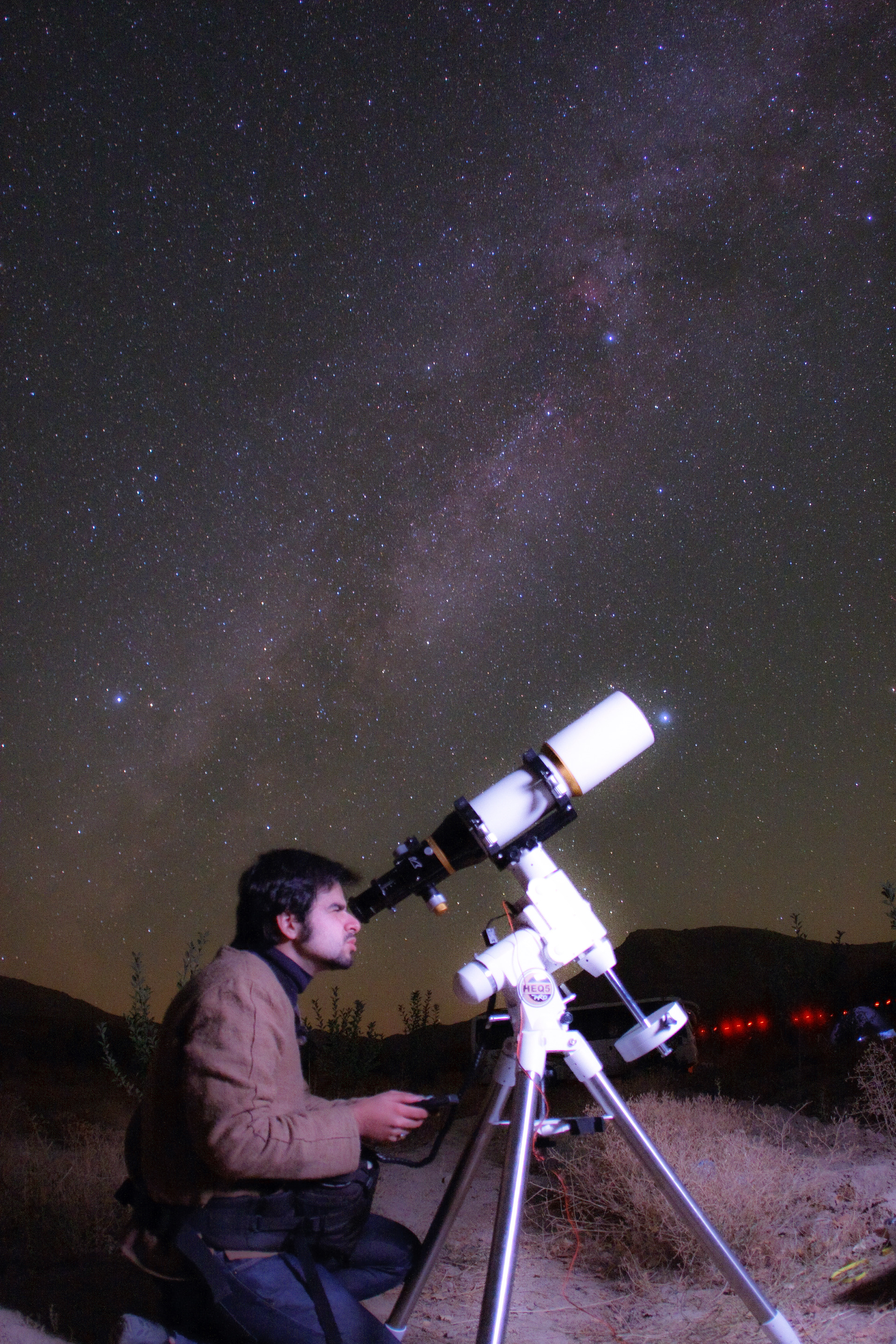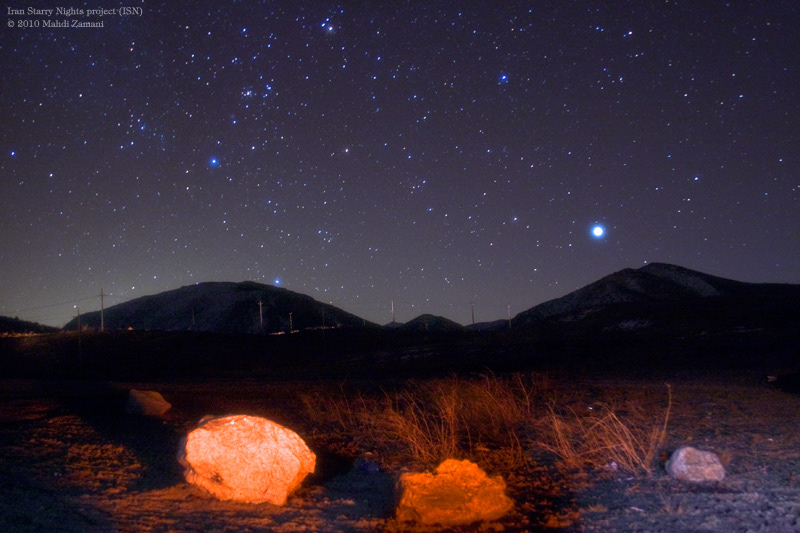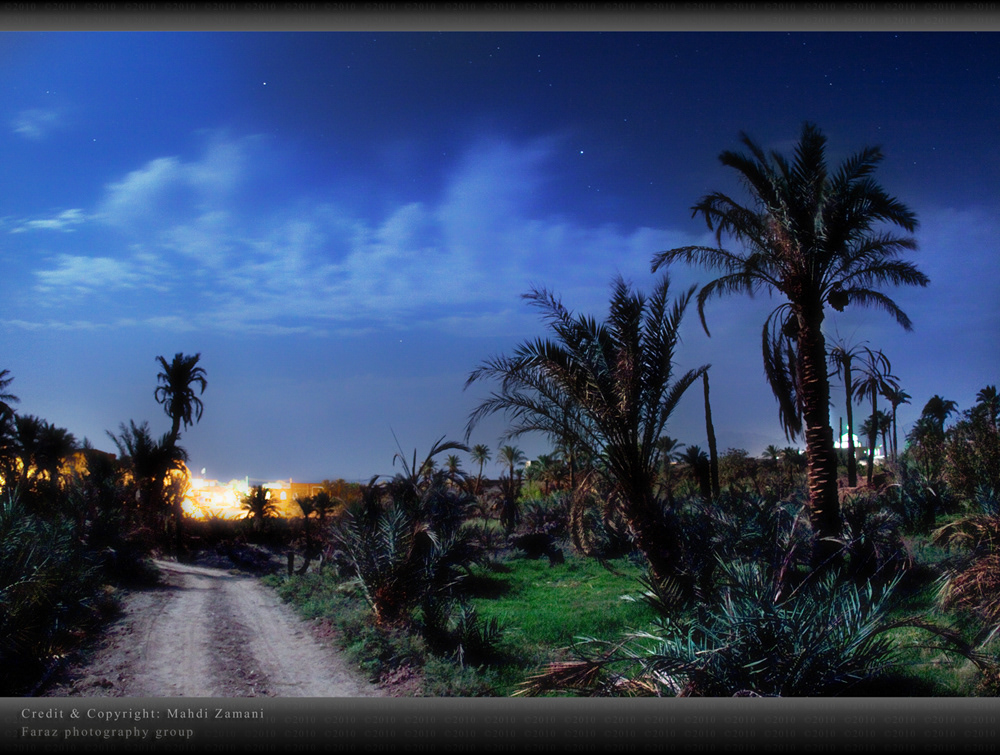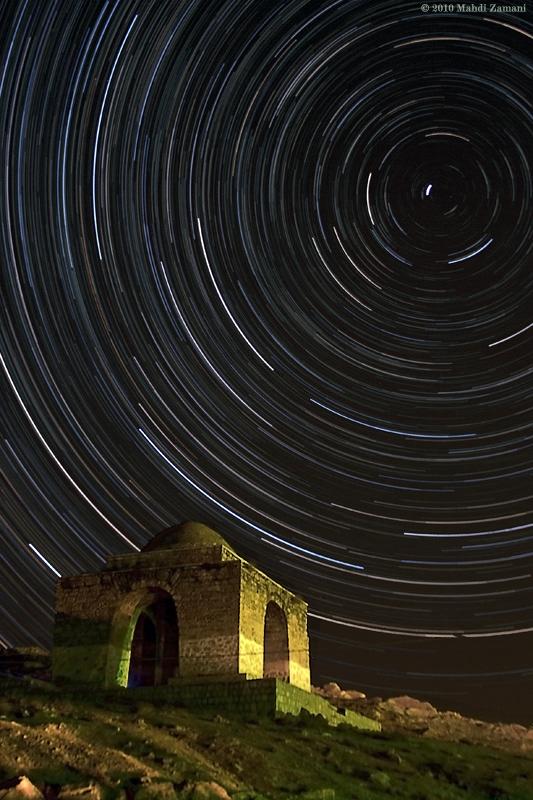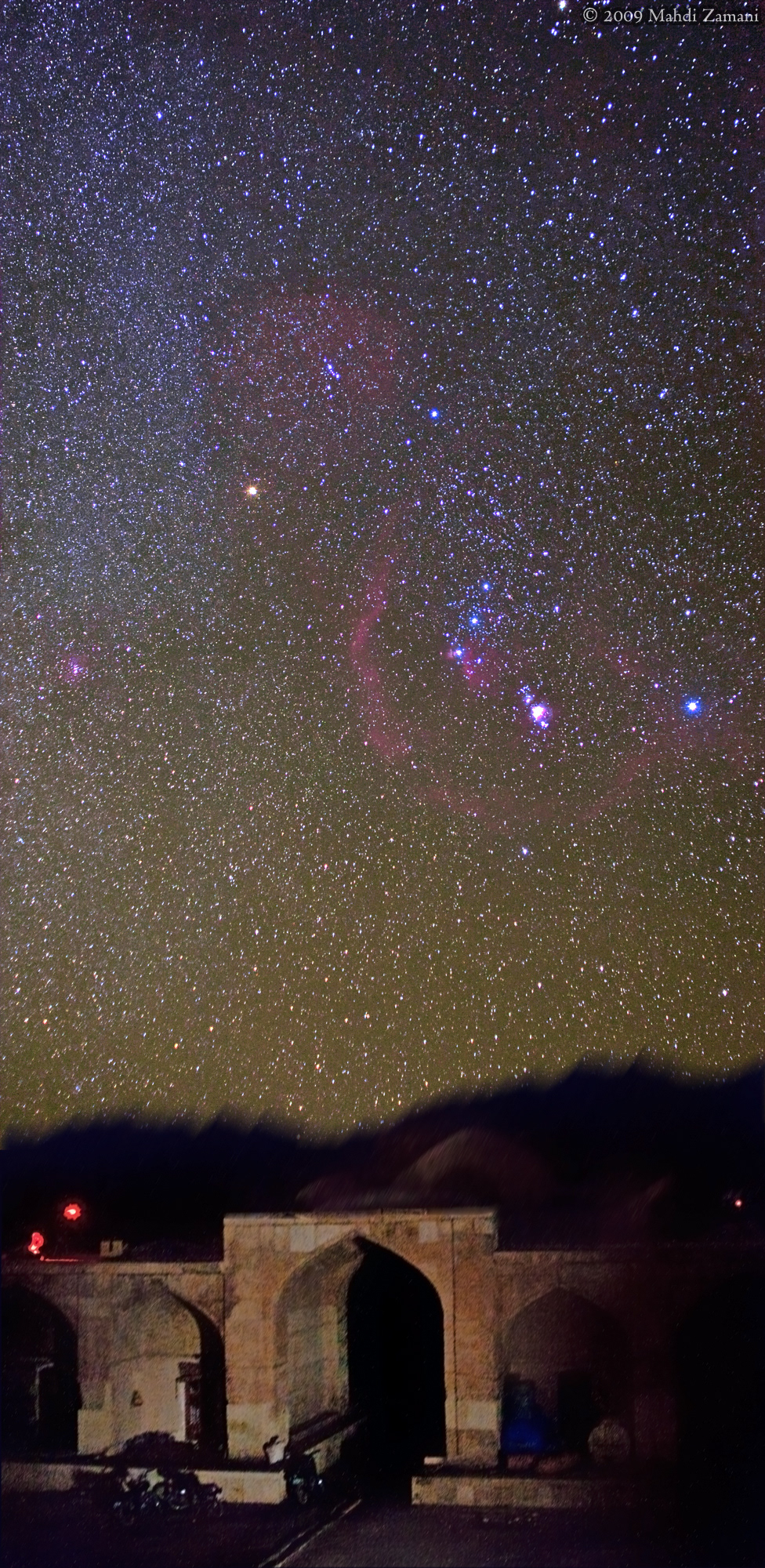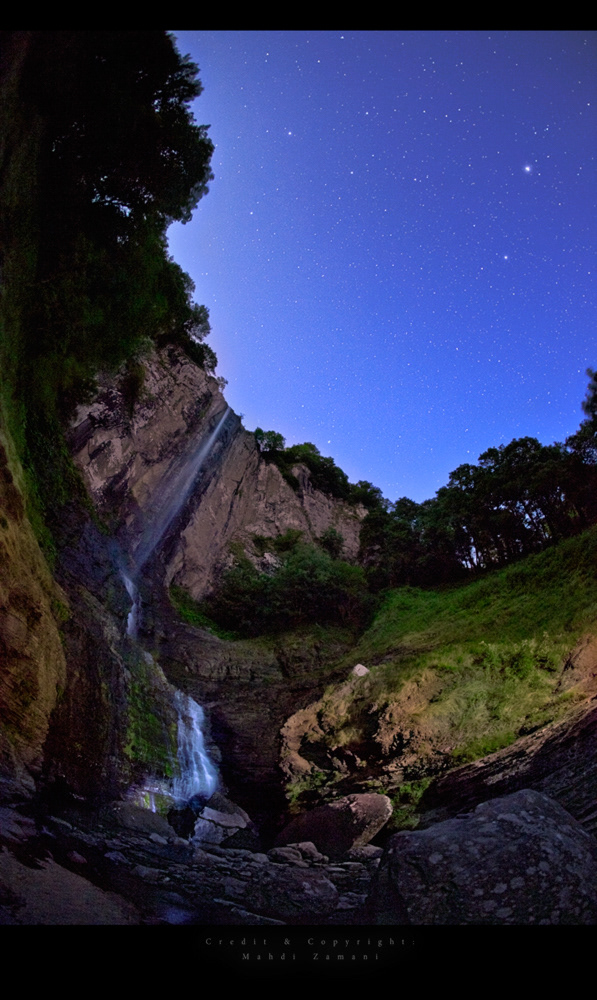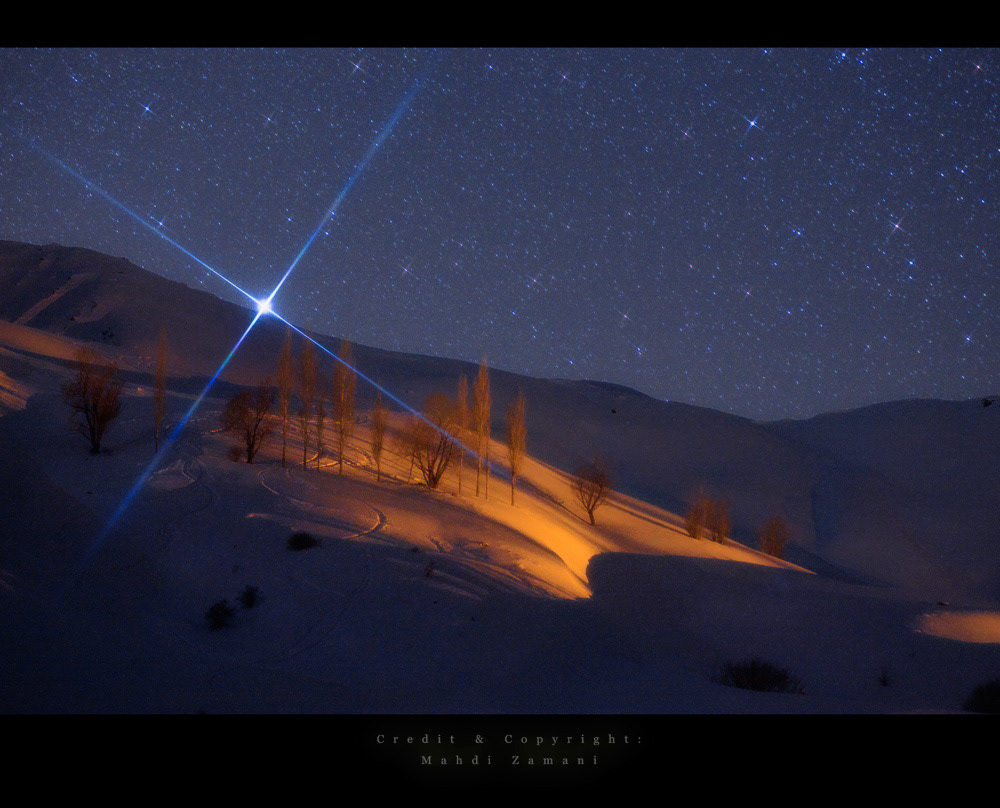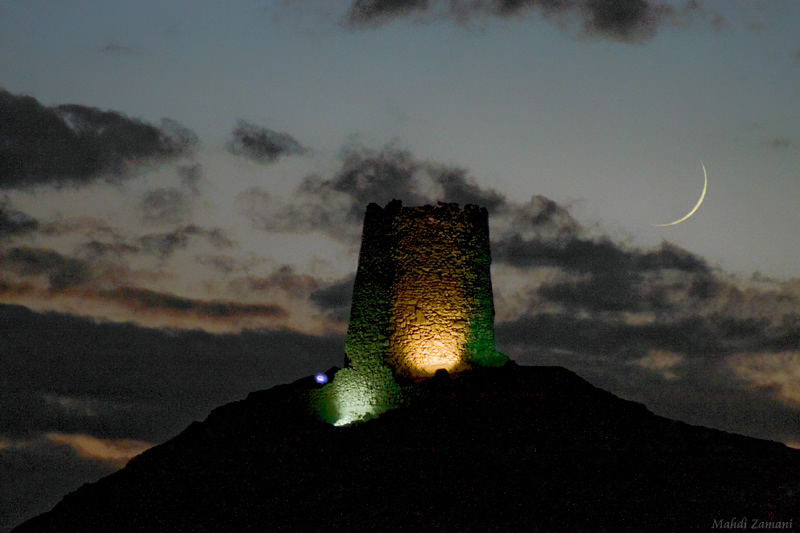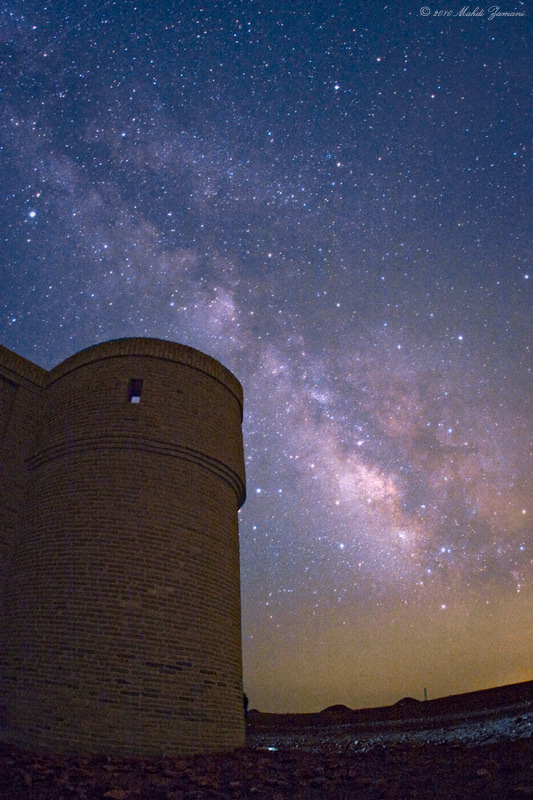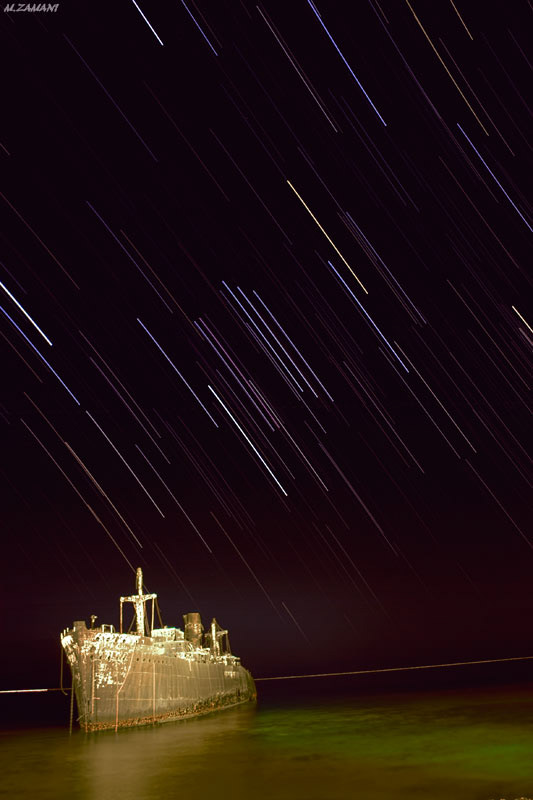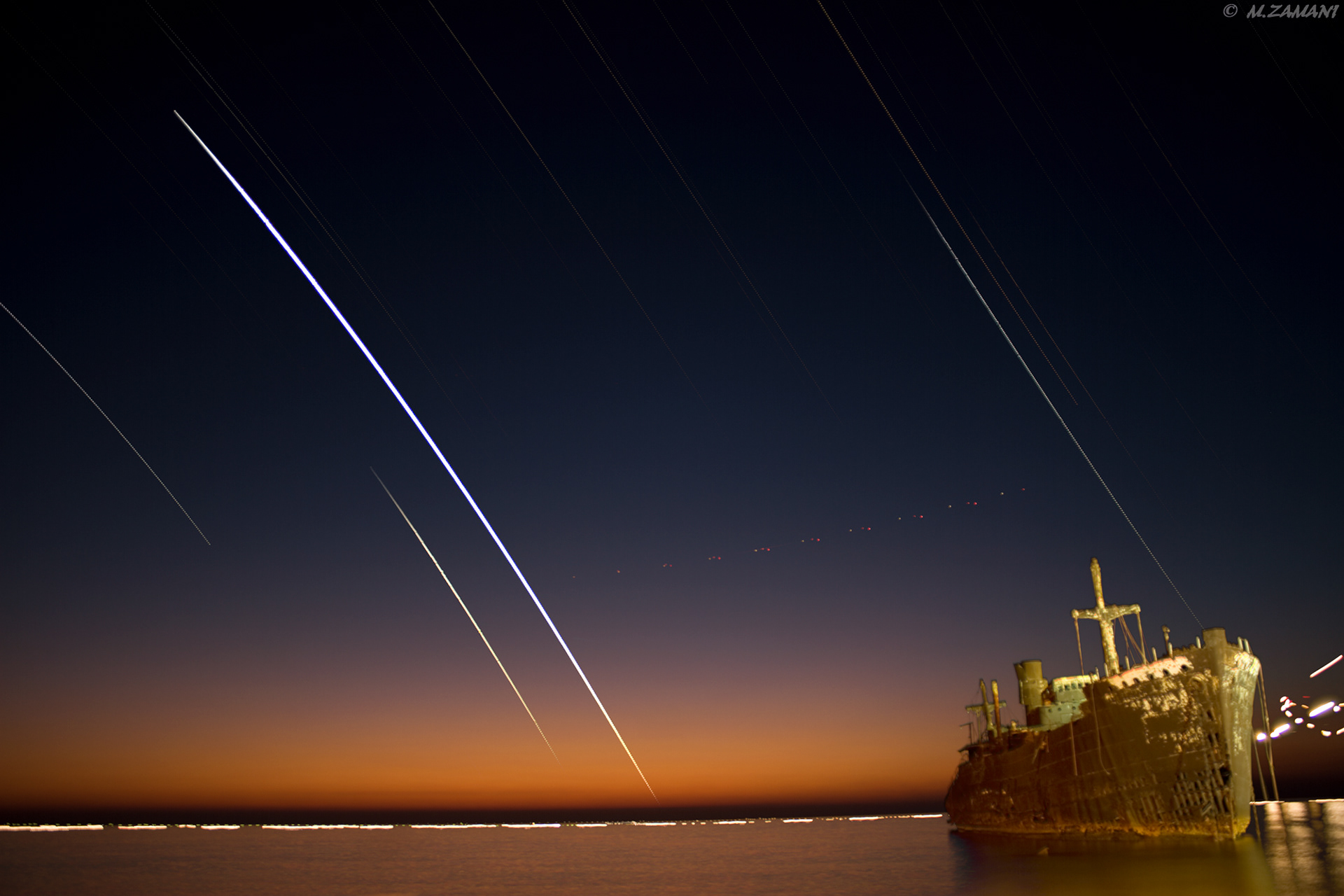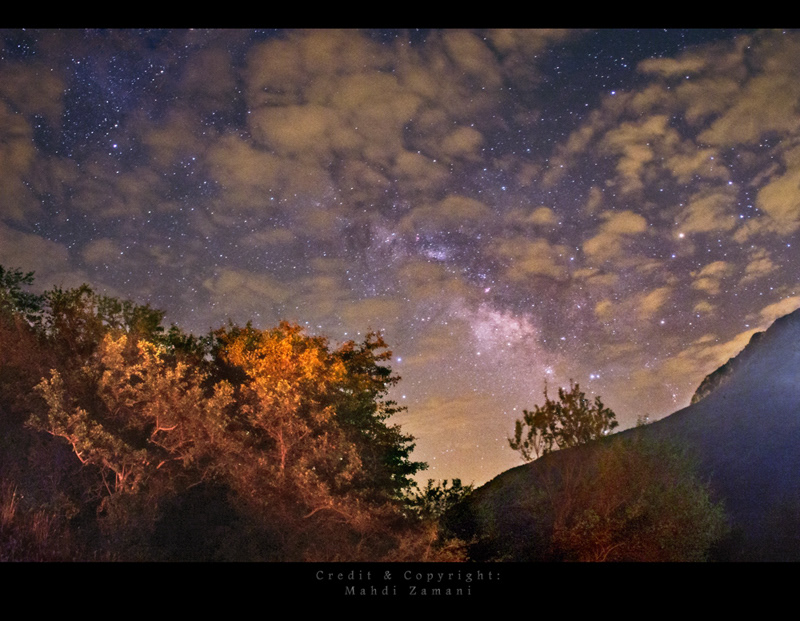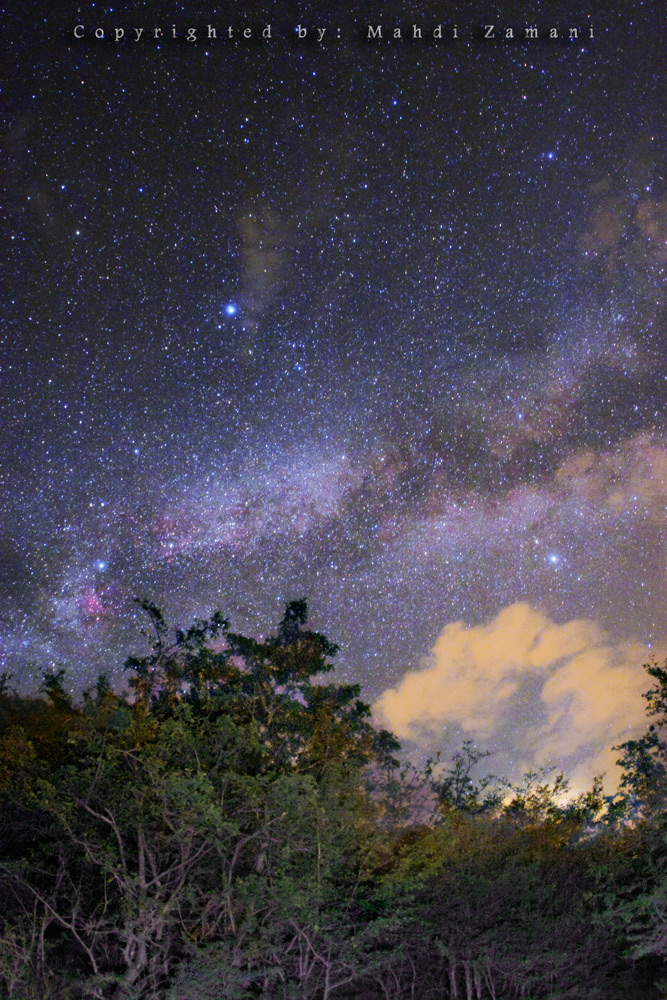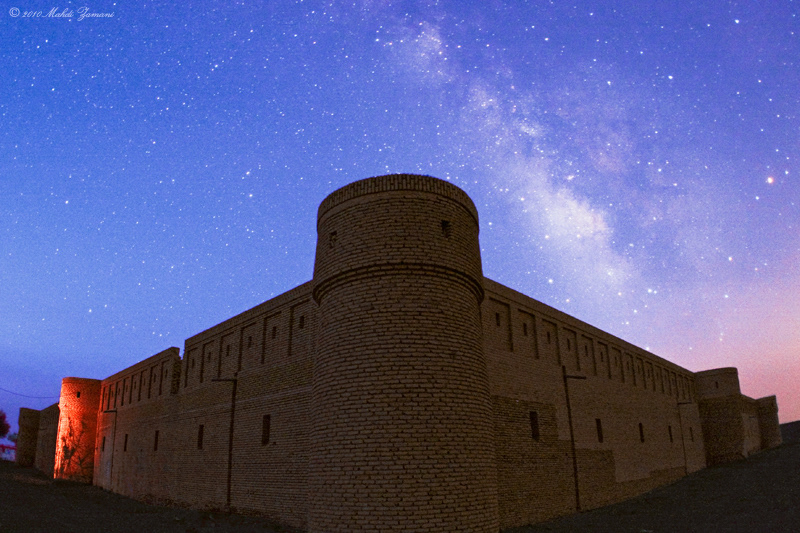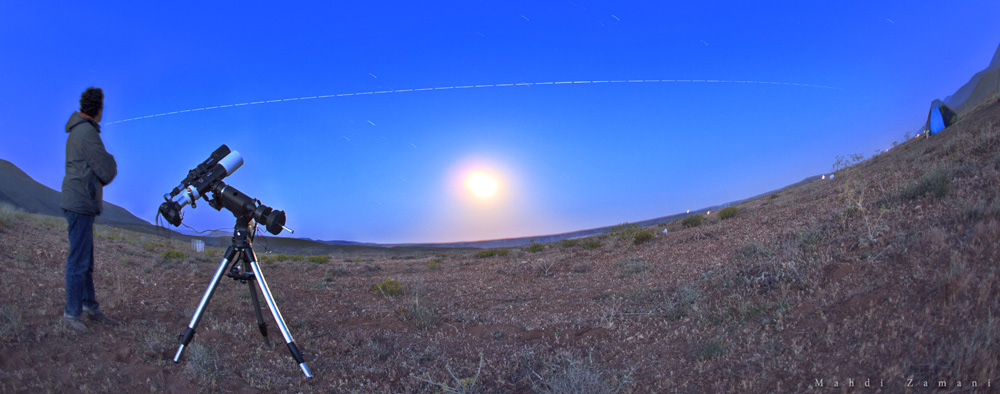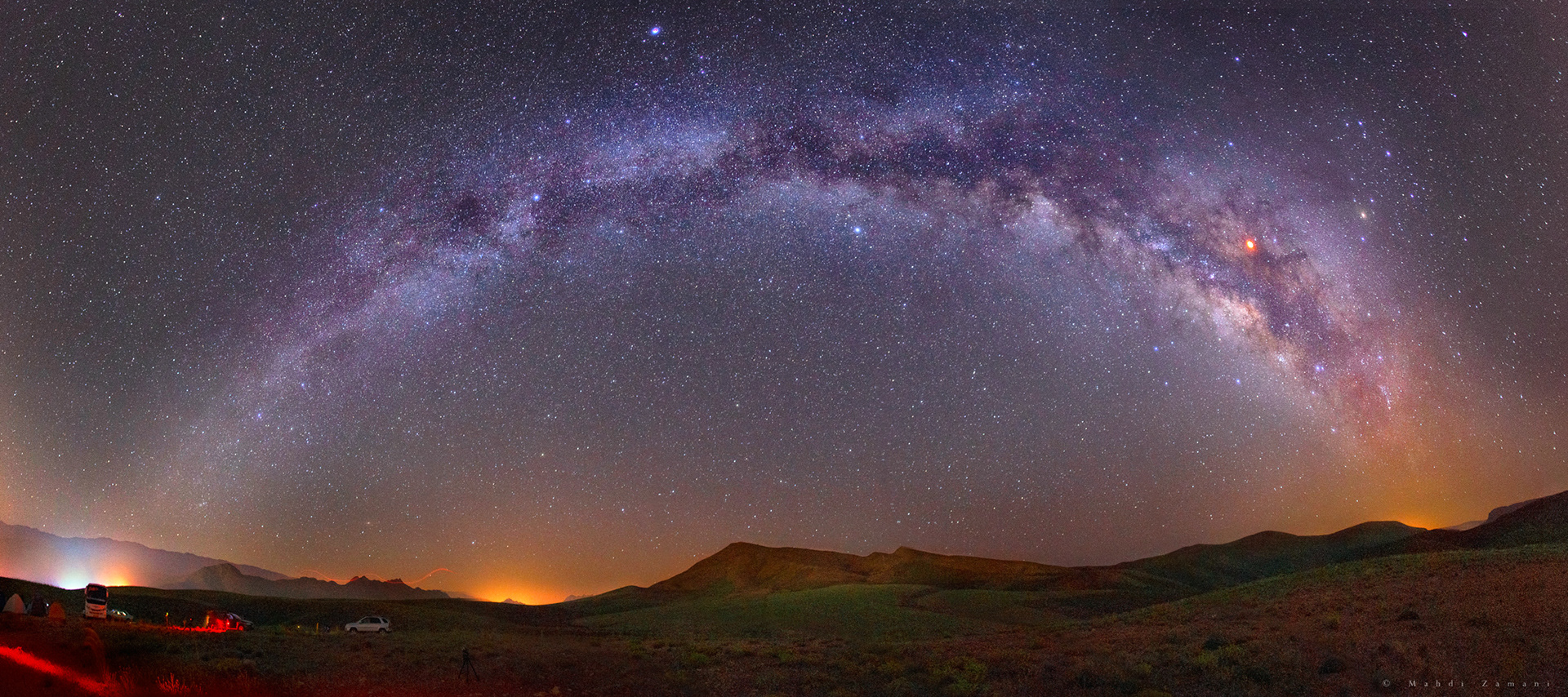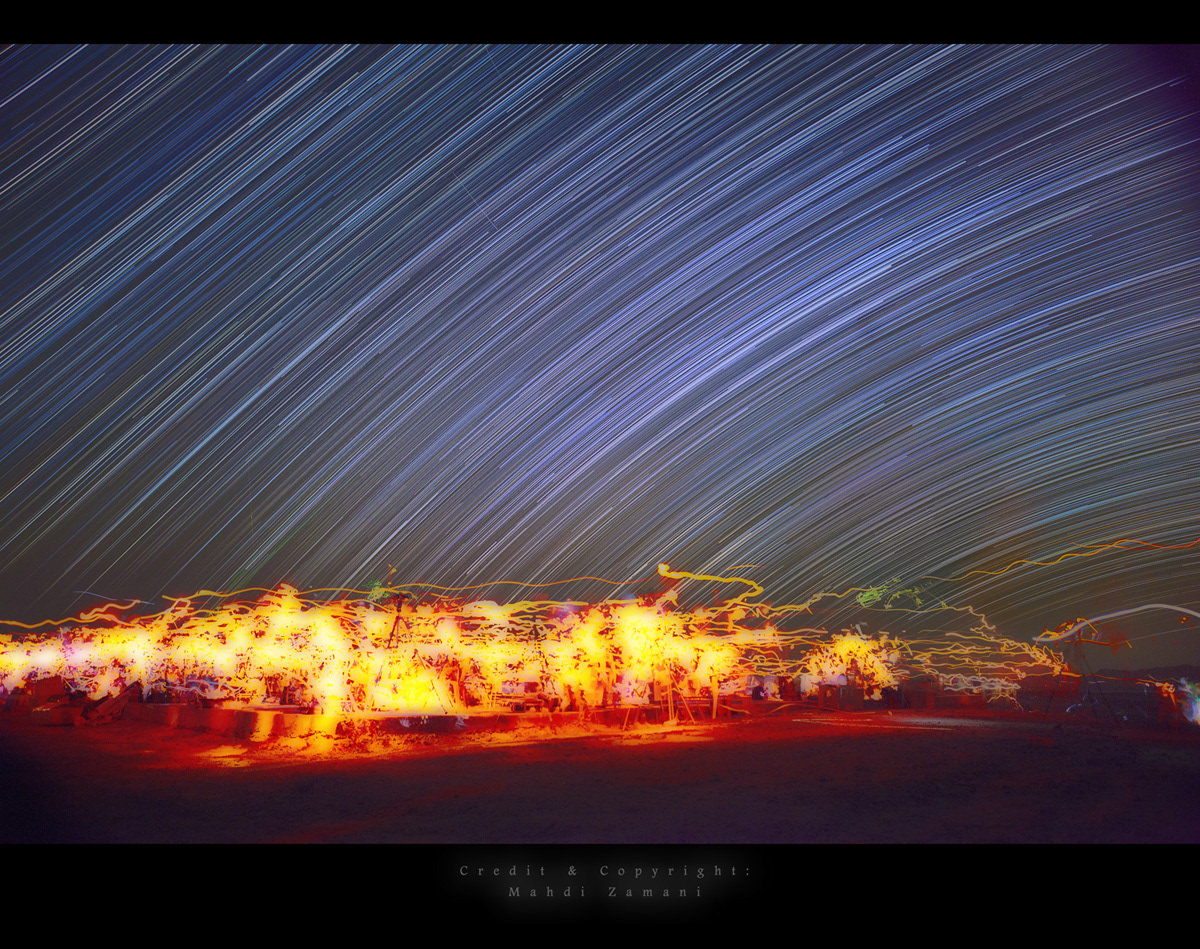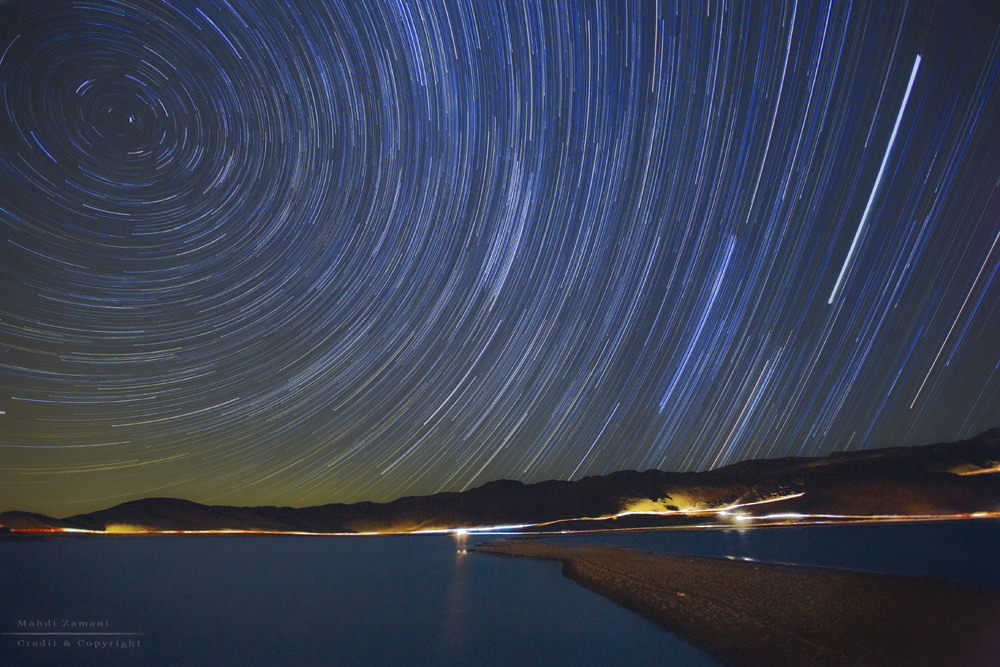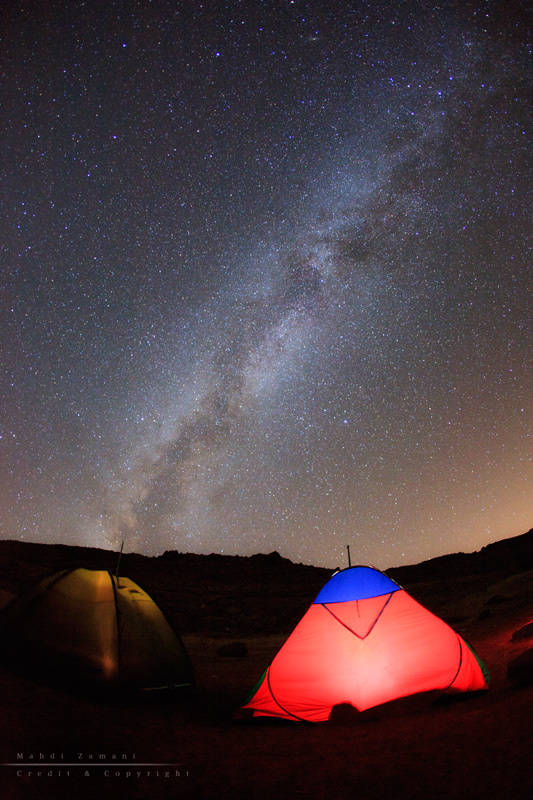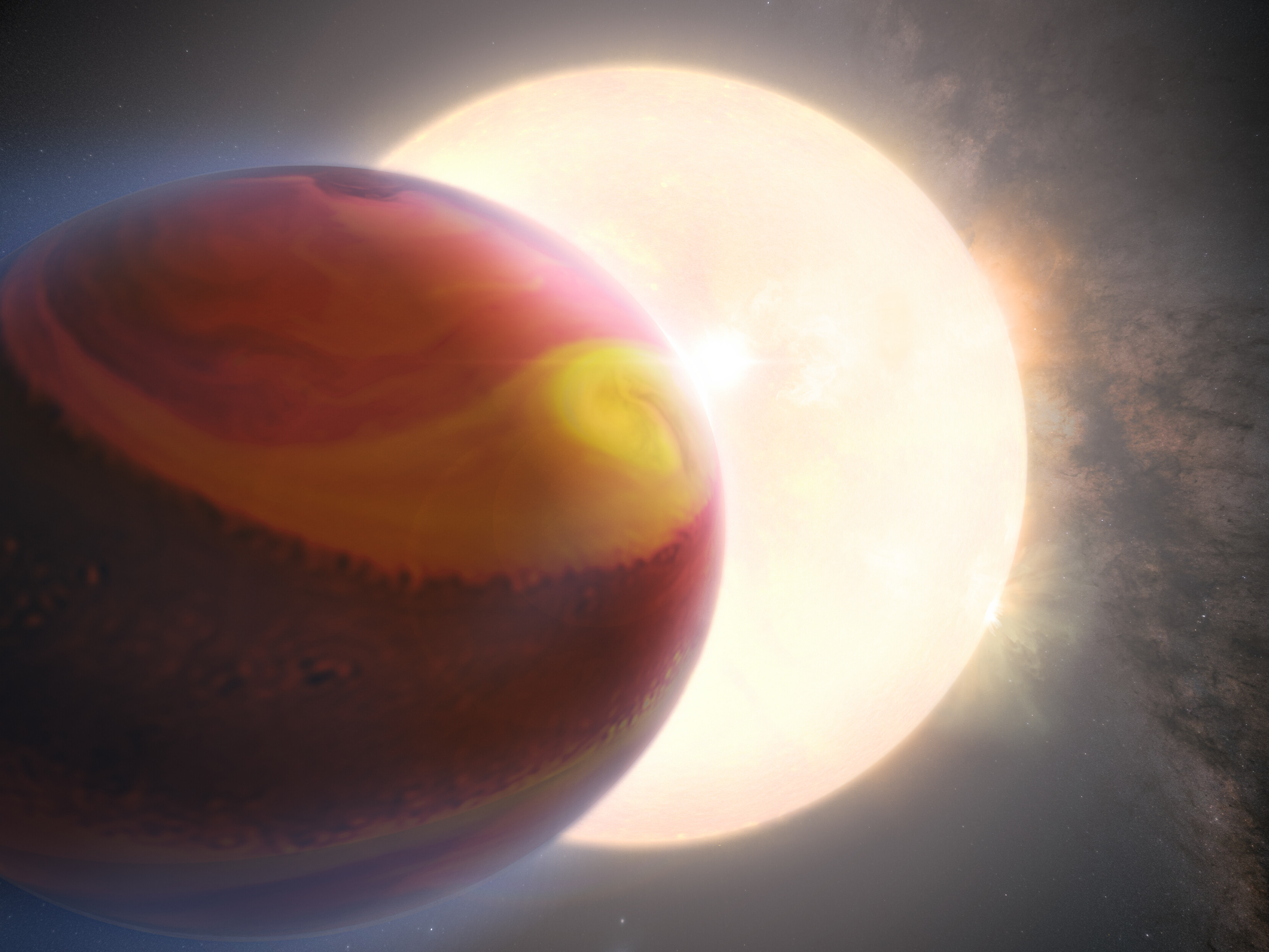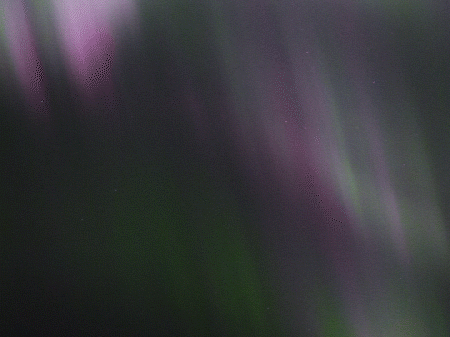
Artificial Stars...

Night Gathers...

The Biggest Eye on the Sky, ELT..

Ripping Through Darkness...

The Milky Way above the "Exoplanets in Transits and their Atmospheres" telescopes at La Silla Observatory in Chile.

Stuck in the middle...

A road to Jupiter...

Safest At Nights...

A Pit for A Giant...

Eyes Must Be Washed...

Santa Trek...

Feeding the light...

Cuttingedge Classic...

The Shortest Night...

The Shortest Night Panorama...

Views of #LaSillaTSE Total Solar Eclipse.

A Corona for A Moai...

E like Everest...

Heavens light...

This picture of the week shows two of the three new ExTrA telescopes hosted at ESO’s La Silla Observatory in Chile. Situated over 2000 meters above sea level, these telescopes scour the skies for Earth-sized worlds around M class stars, which are stars smaller than the Sun. A “shooting star” flashes across the night sky above the telescopes and towards the horizon of the Atacama Desert in Chile. Shooting stars are not actually stars, but small bits of rock or dust that enter the Earth’s orbit and burn up in the atmosphere. Before they enter Earth’s atmosphere, these tiny celestial bodies are called meteoroids. The dramatic streaks of light caused by meteoroids burning up are not just beautiful and exciting, but also informative. Scientists look at the path and brightness of a meteoroid to determine where in the Solar System it came from and what it is composed of. If a meteoroid makes it through Earth’s atmosphere to the ground it is then called a meteorite. Scientists can study meteorites to learn more about the history of the Solar System.

Eclipse by the God of War...

Tree of Life...

Two lovers bound by sky...

Loved by the moonlit... The brightest point in the picture is actually young crescent moon. Takht-e-Aroos, central desert, Iran, Fall 2012

Tamarix desert tree under northern part of Milky Way band. Greenish and reddish airglow could be seen just over the horizon. Mesr desert, Iran, Fall2012

The Totality Déjà vu...

Smoking Damavand...

A Bridge for the stars...

Incompleteness, Ghent by a Fortnight...

Magic twilight!

Alamout & Light pollution...

The caravansary...

Traces of history...

The hunt... Orion & Canis major's colourful stars over winter trees. Alamout, Iran, March2011

Naz Islands traced...

Two Shadows, One Eclipse...

Halo moon, Venus and Jupiter over Persian gulf, Hormoz island, Iran, Mar2012

The darkest of Alborz...

Maranjab Caravansary by Twilight...

ISS passing over...

Milky Way by Eclipse...
